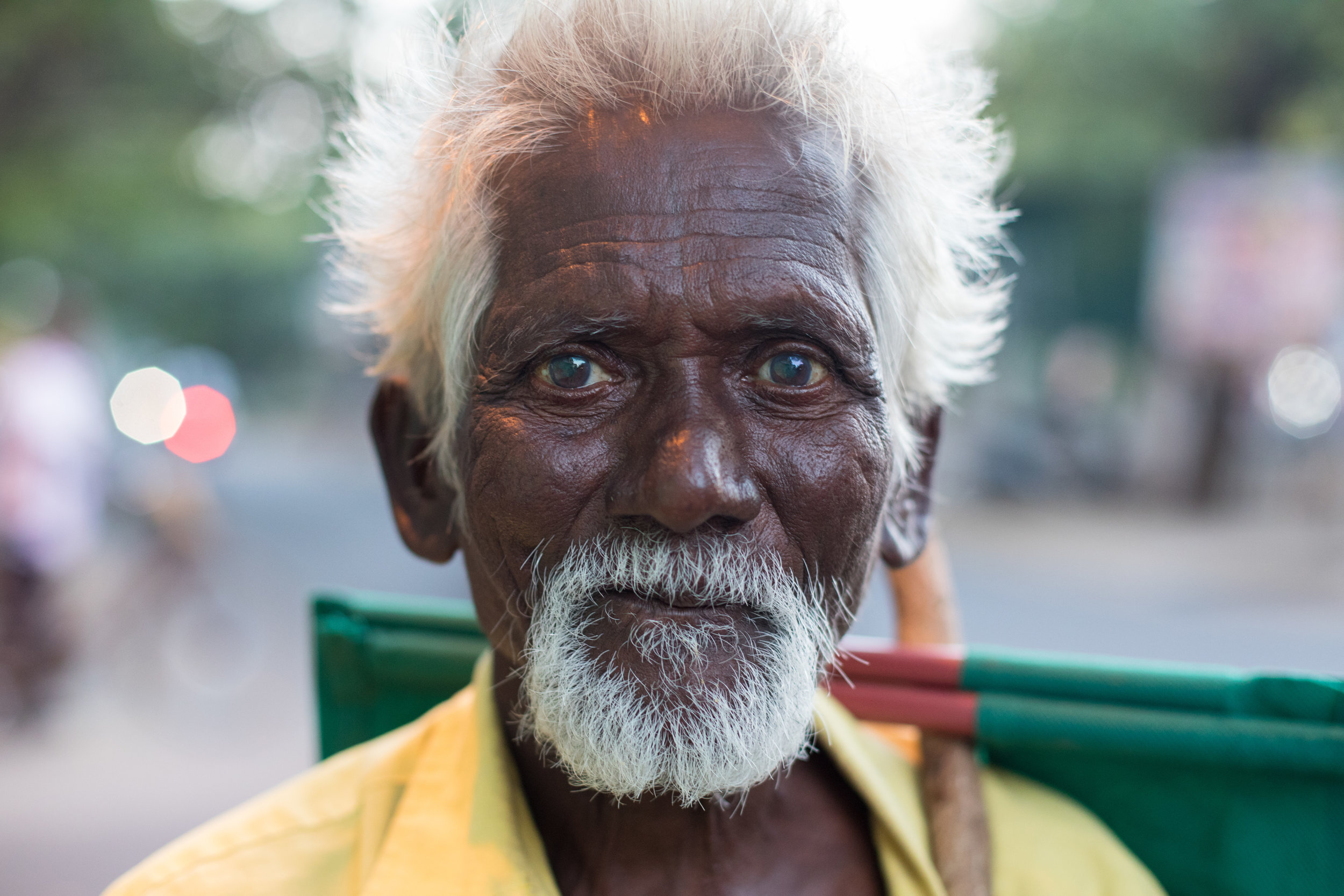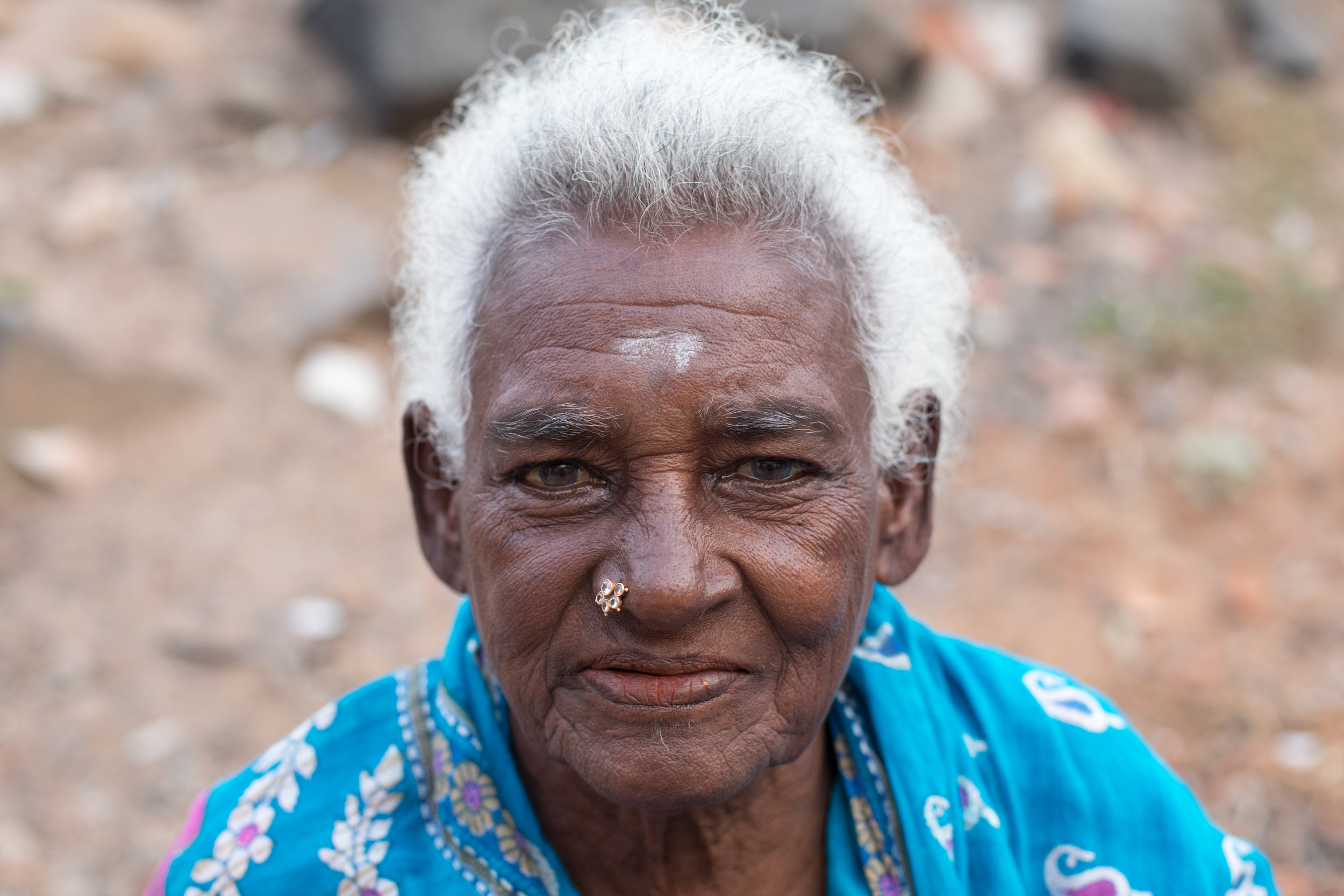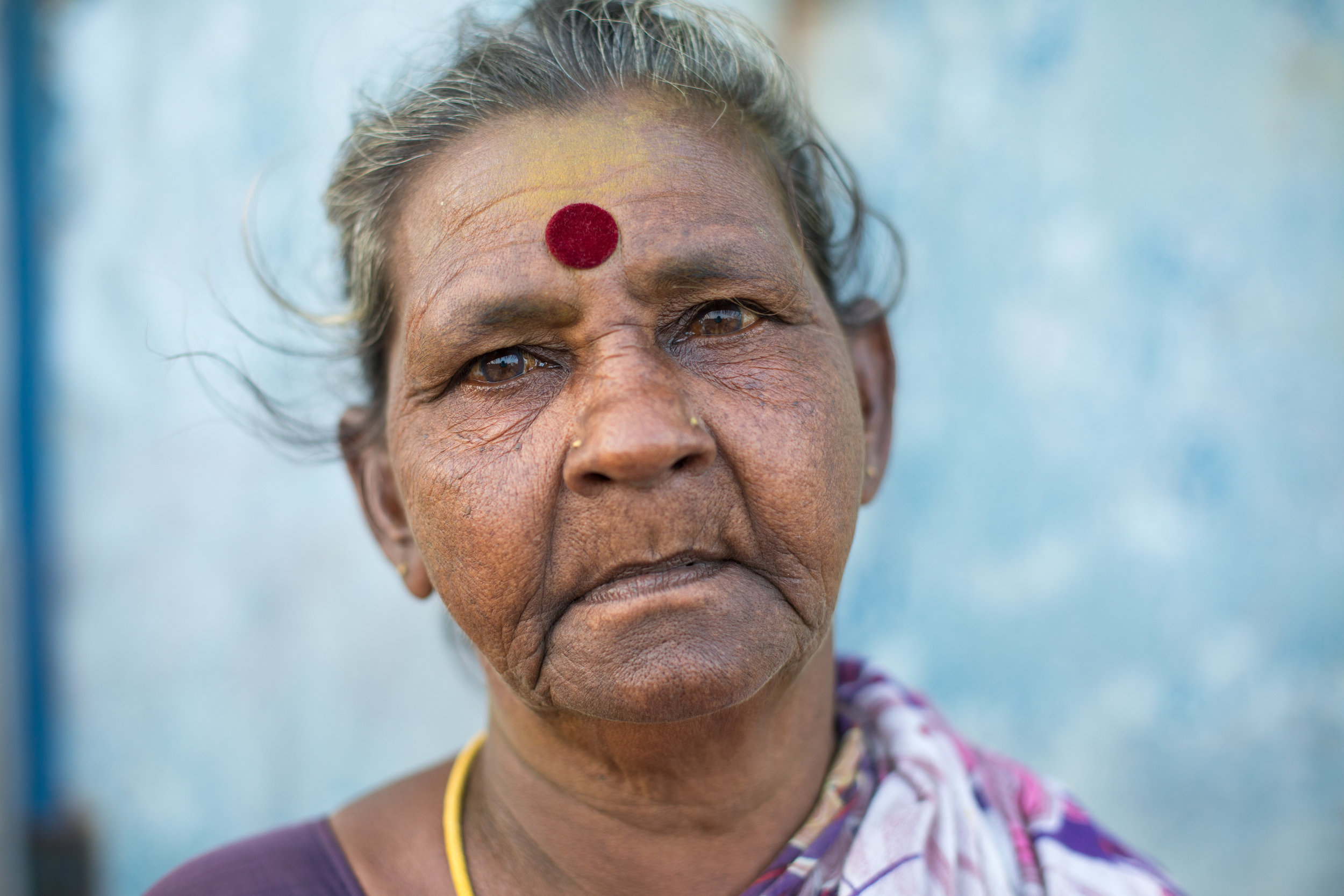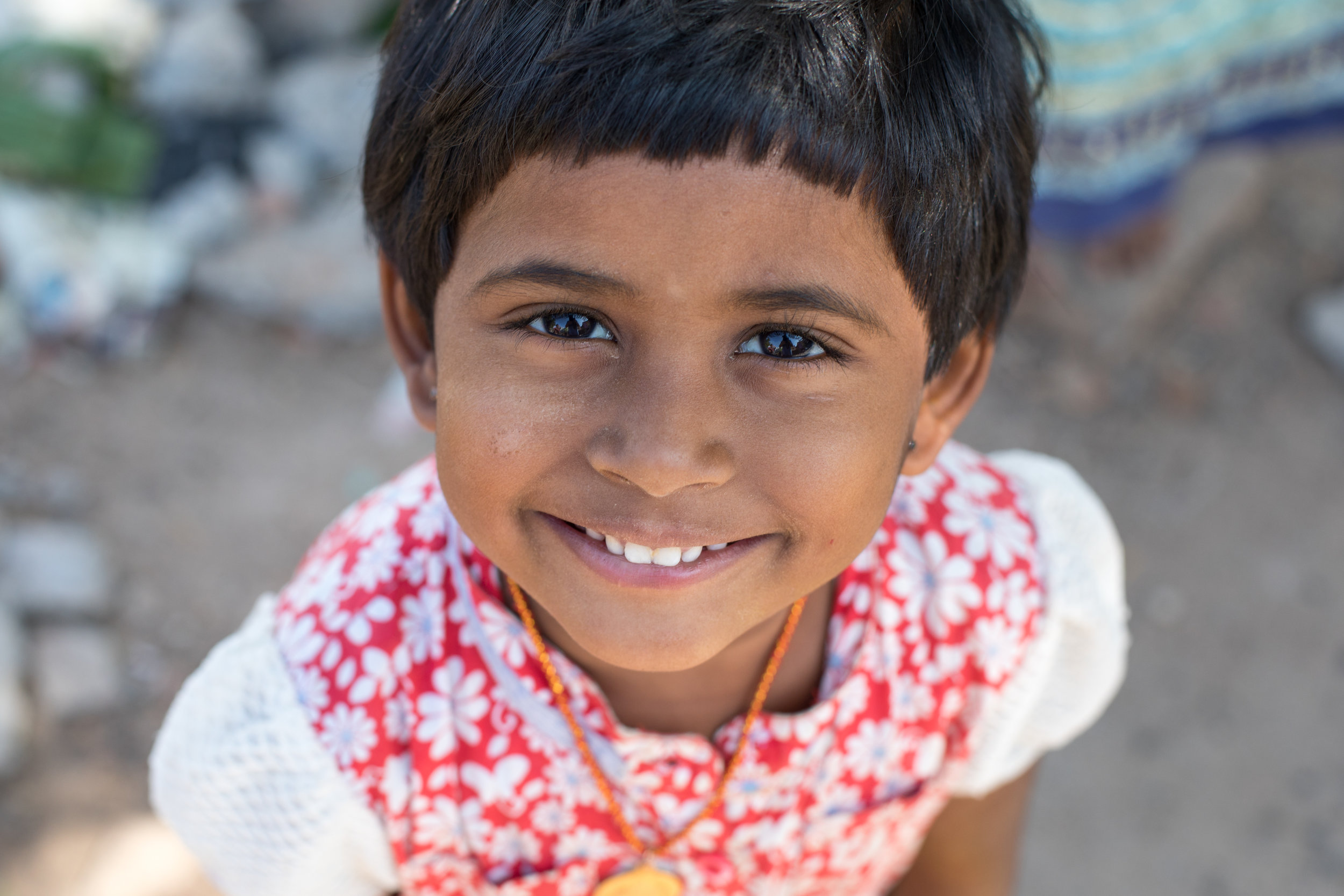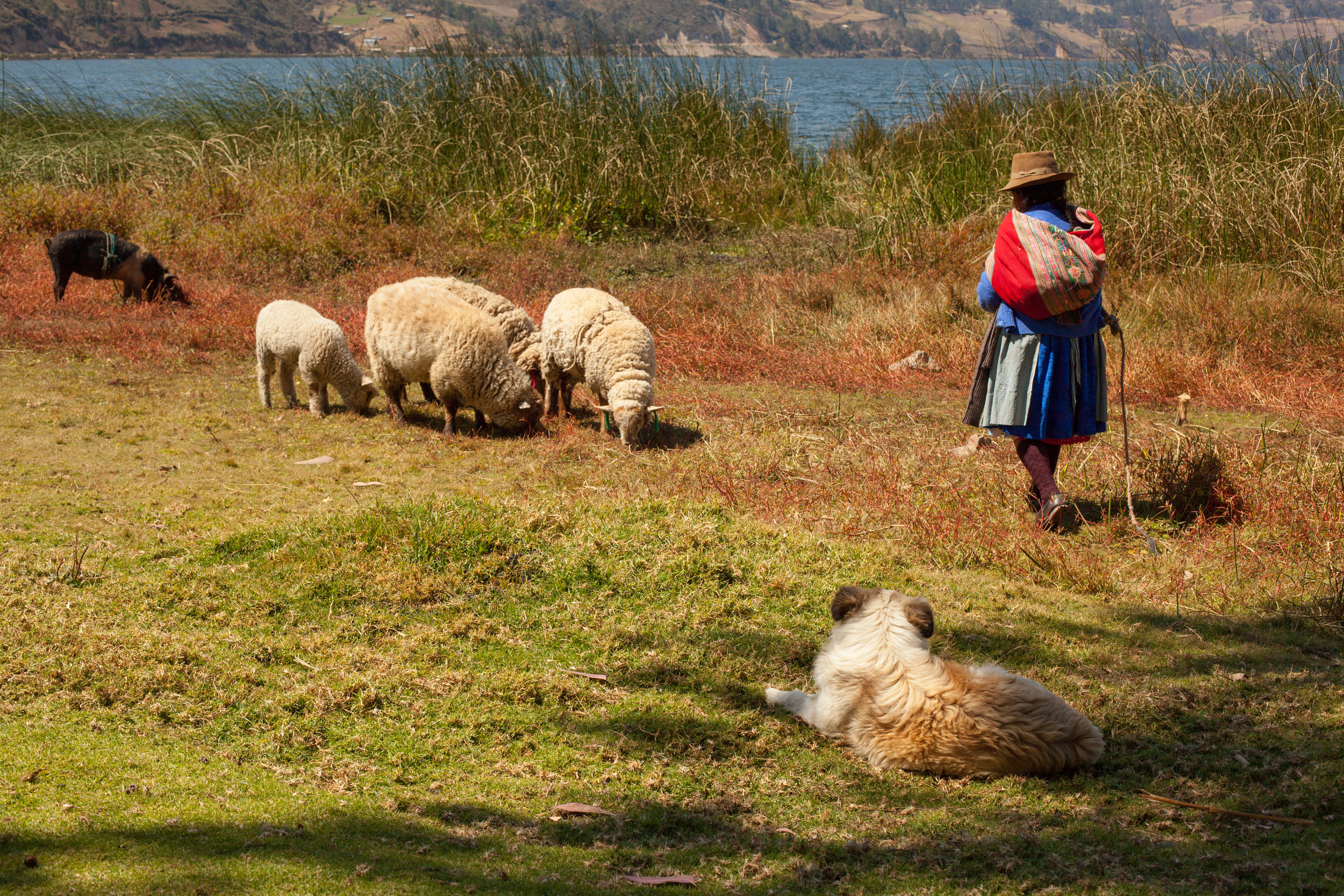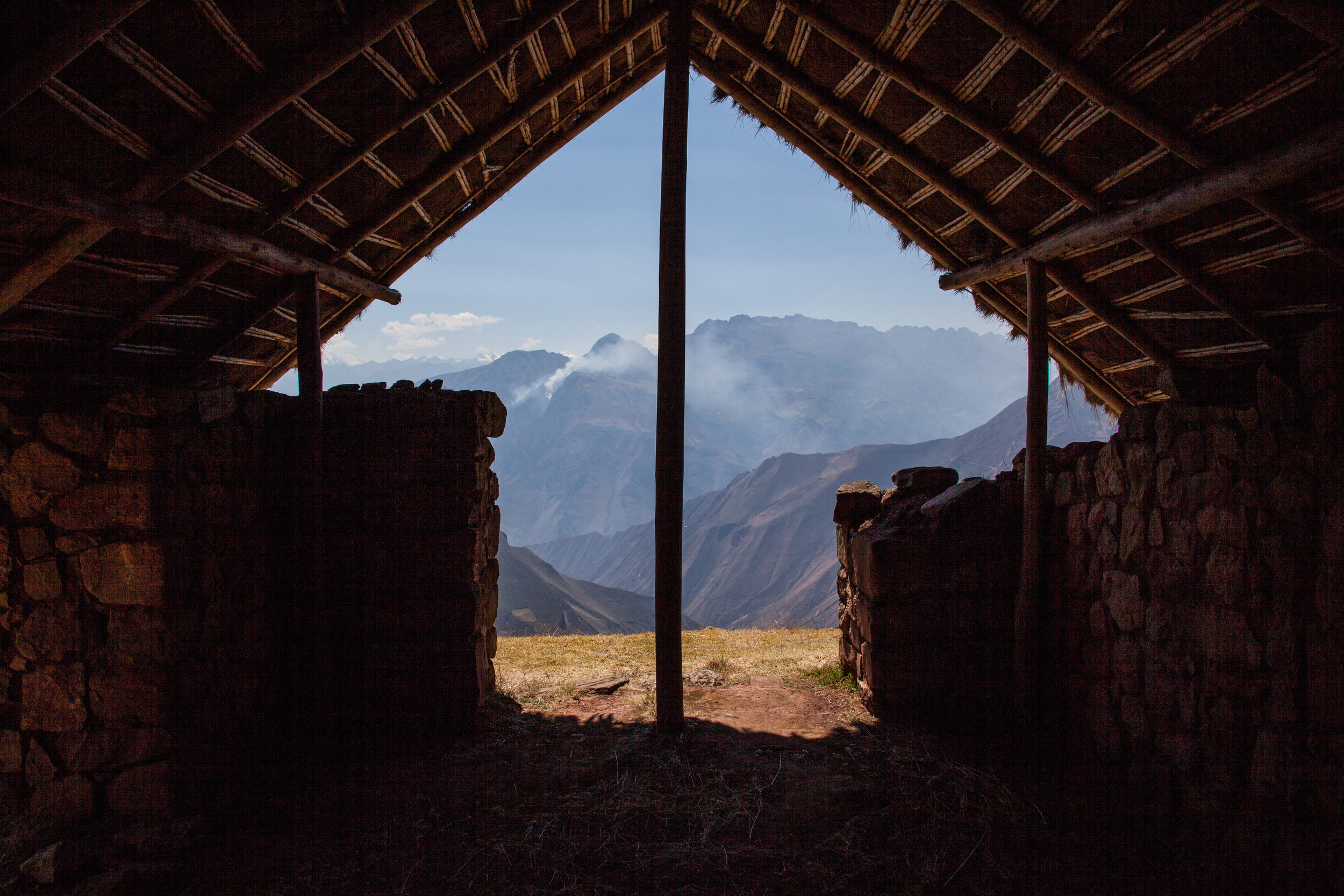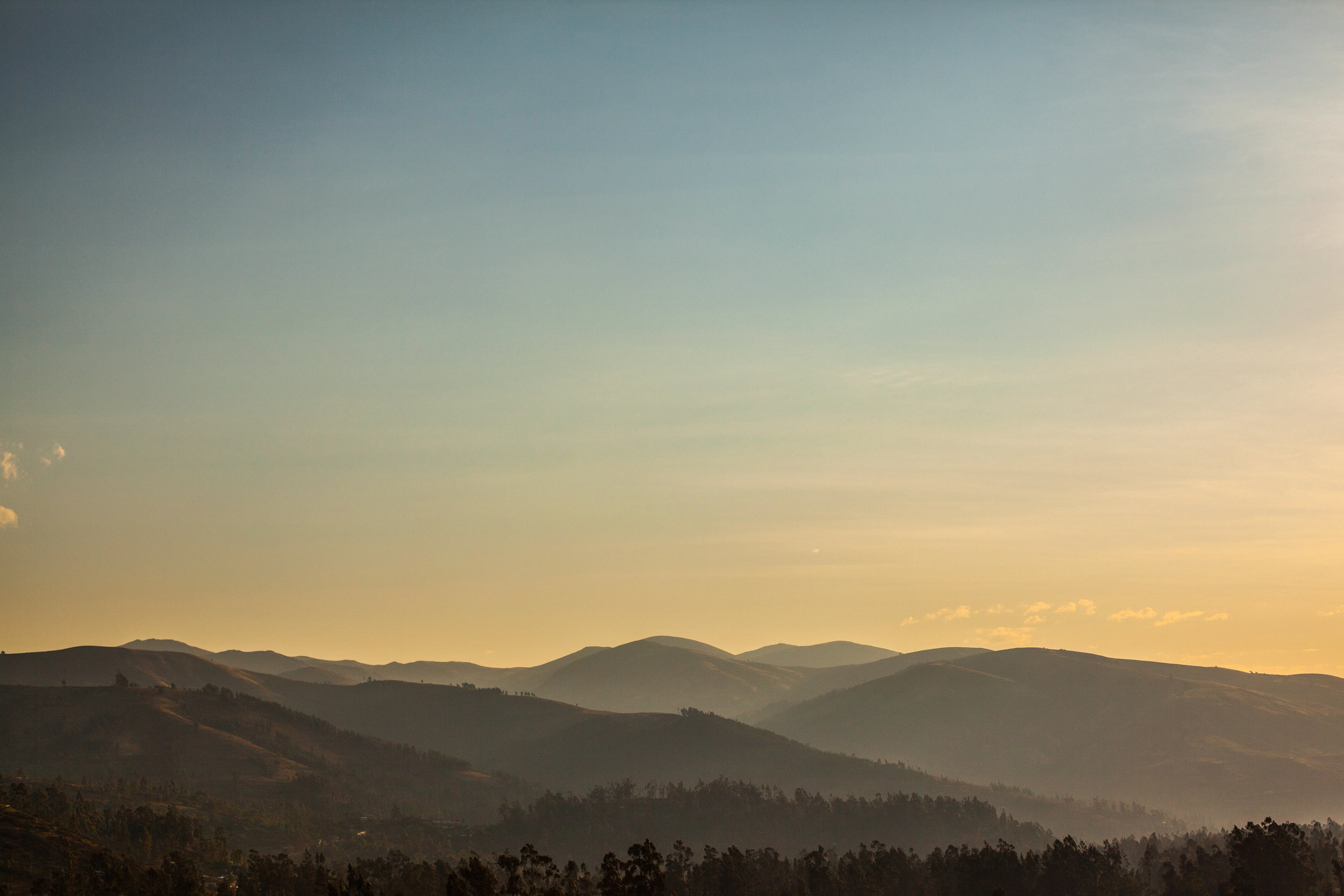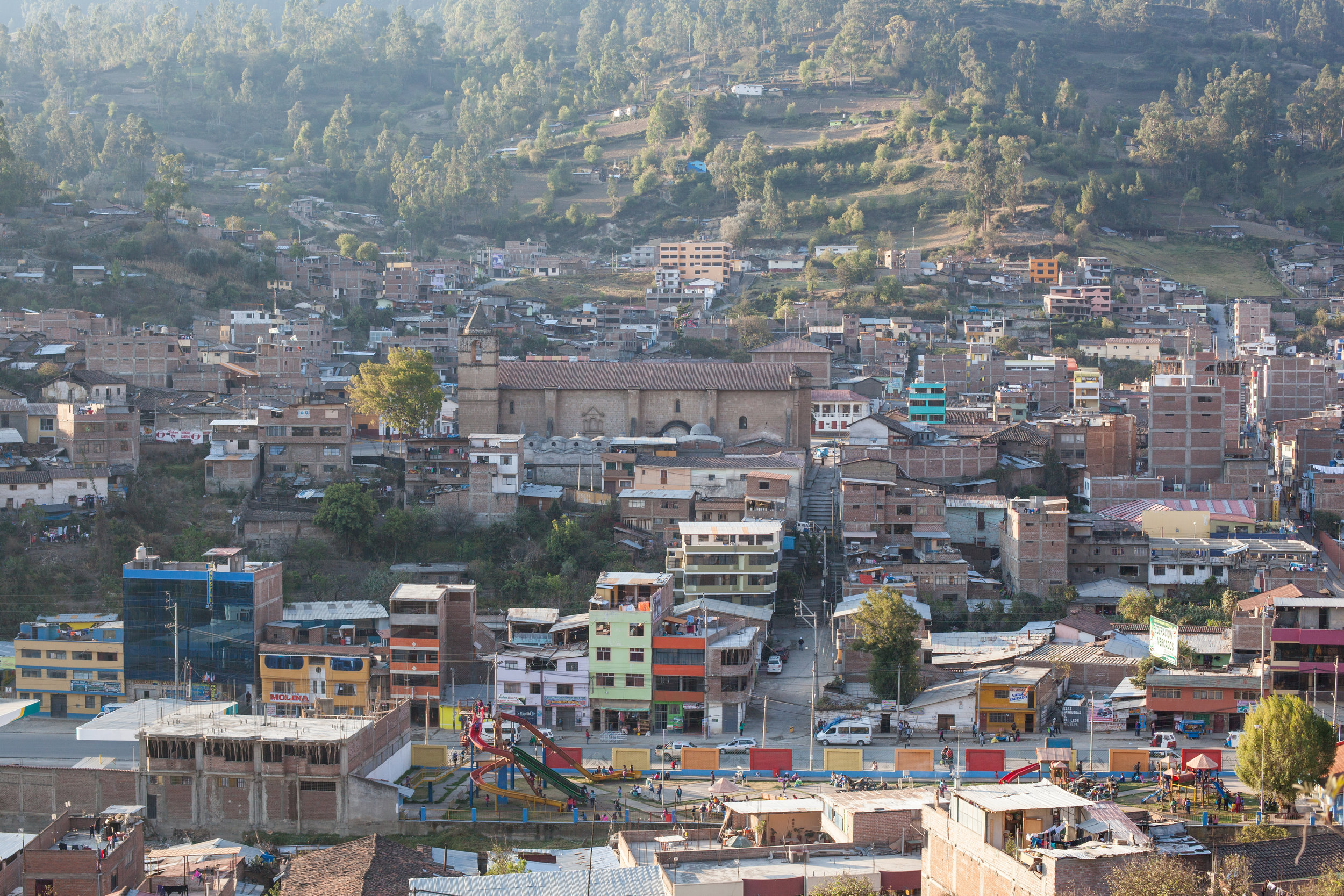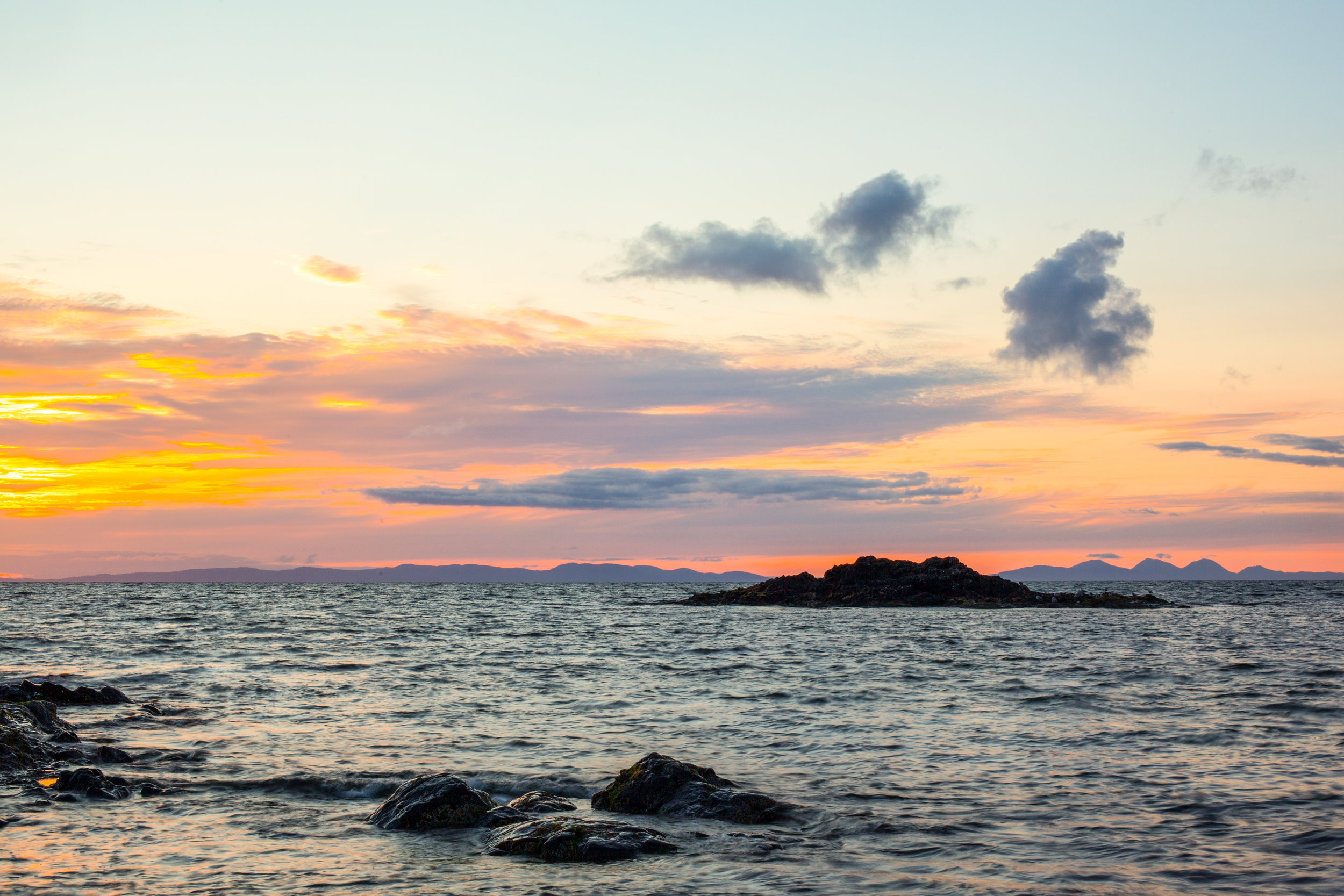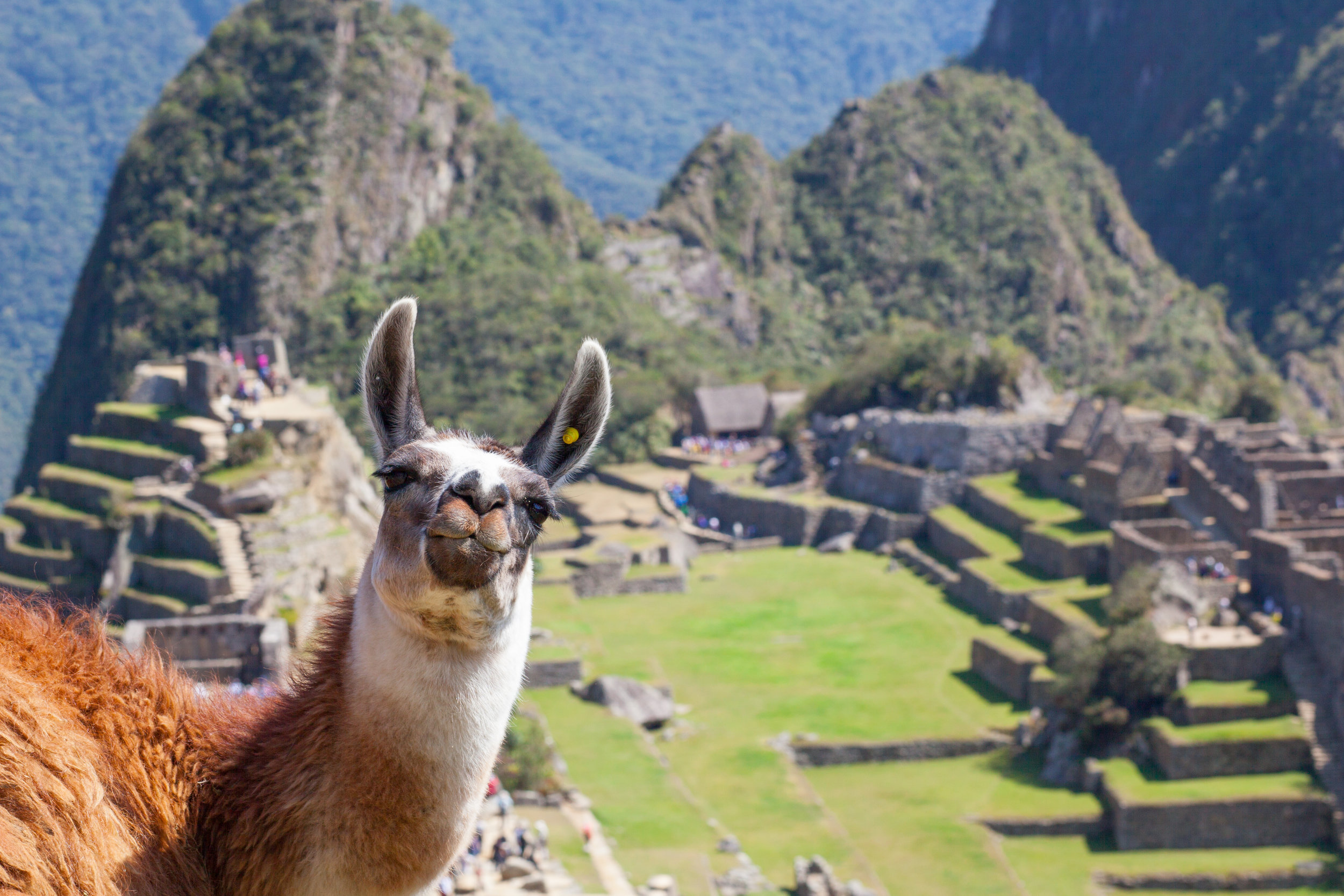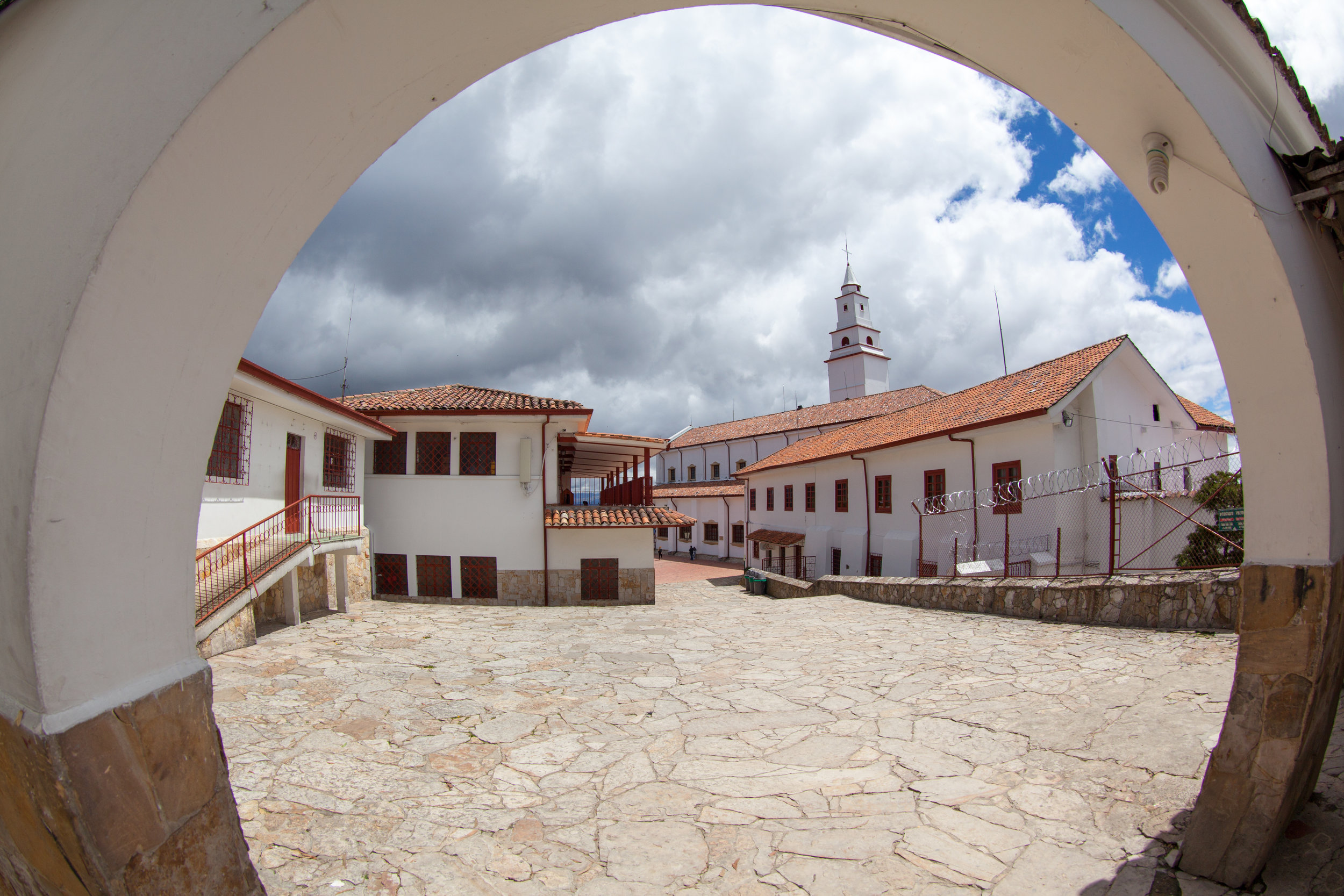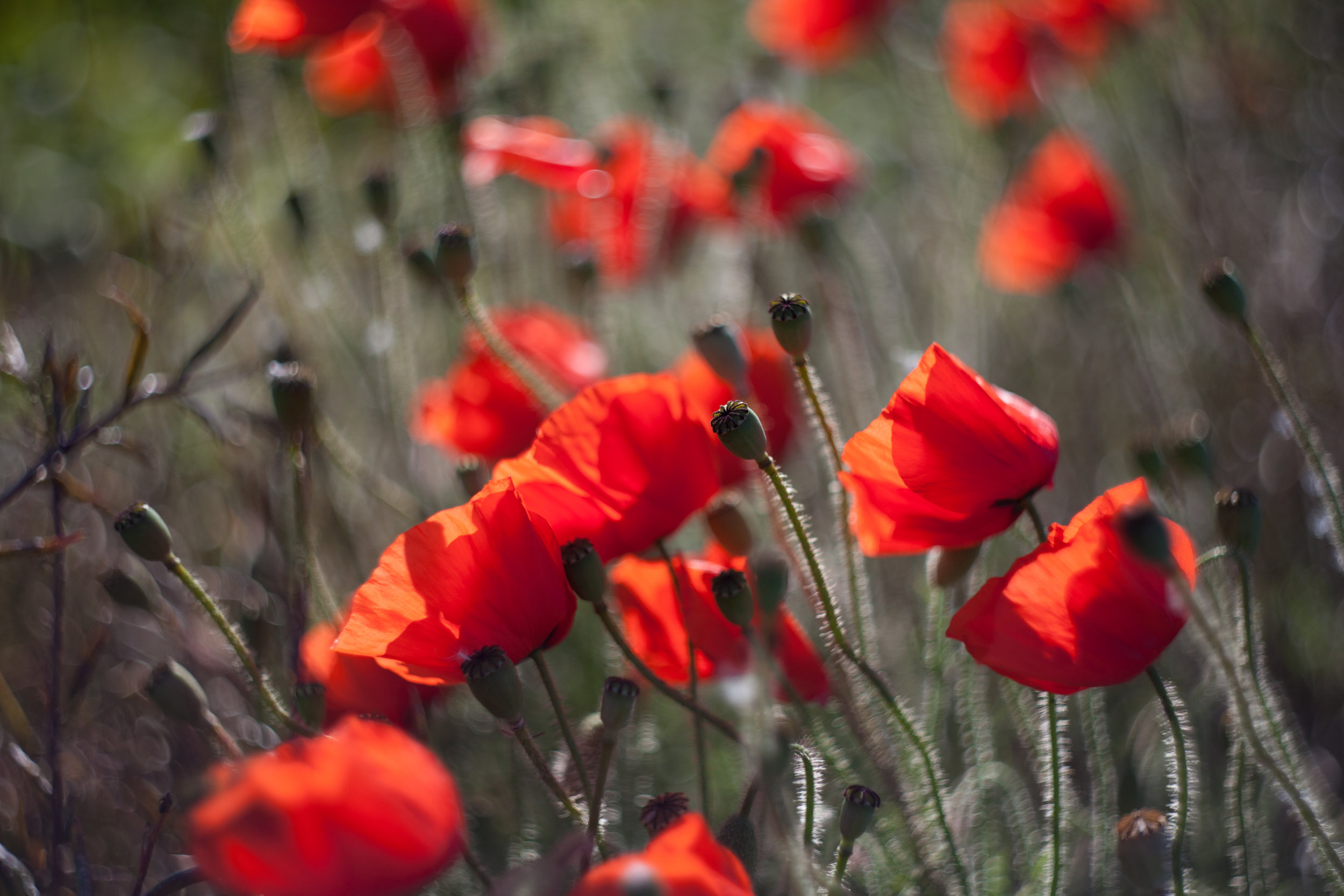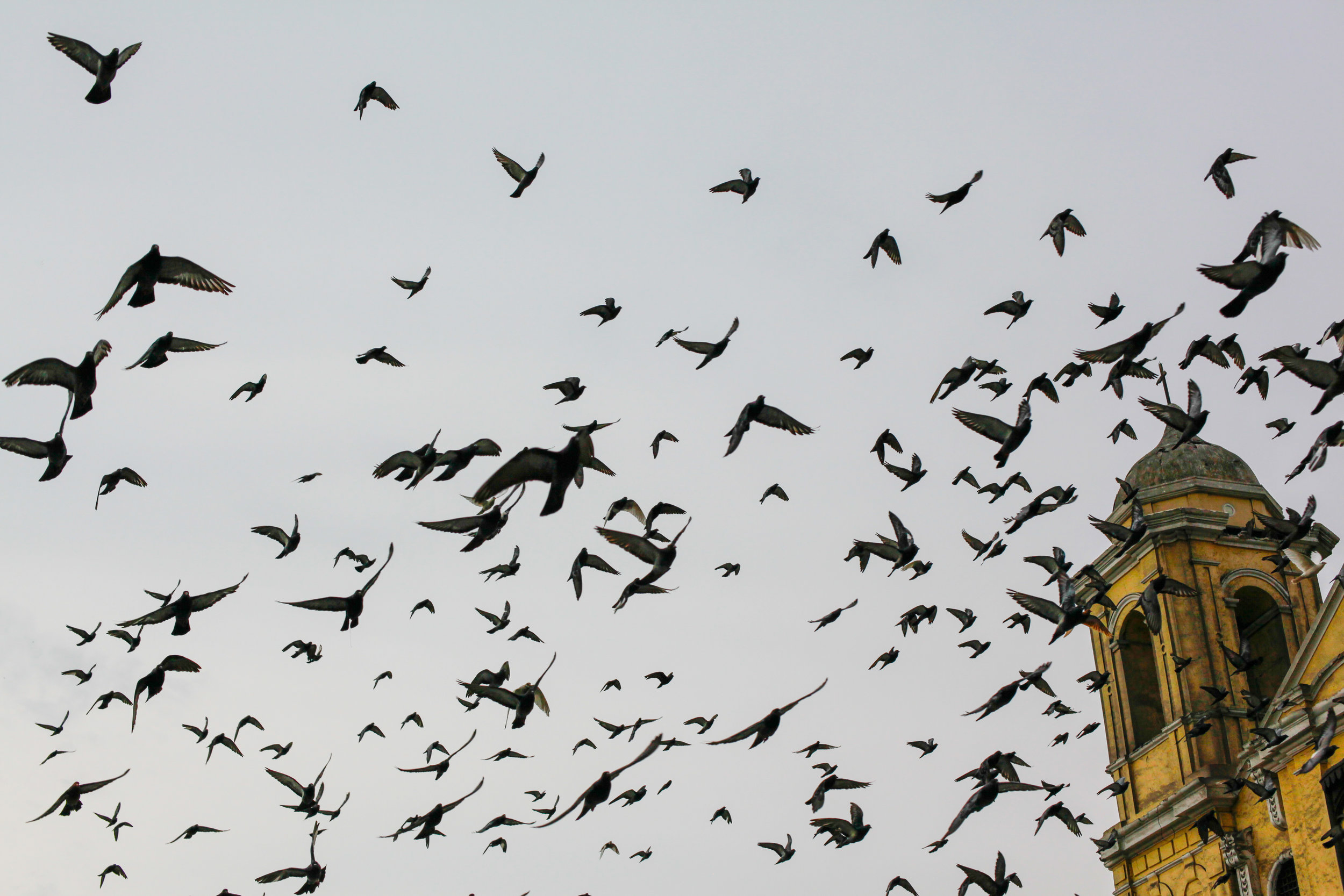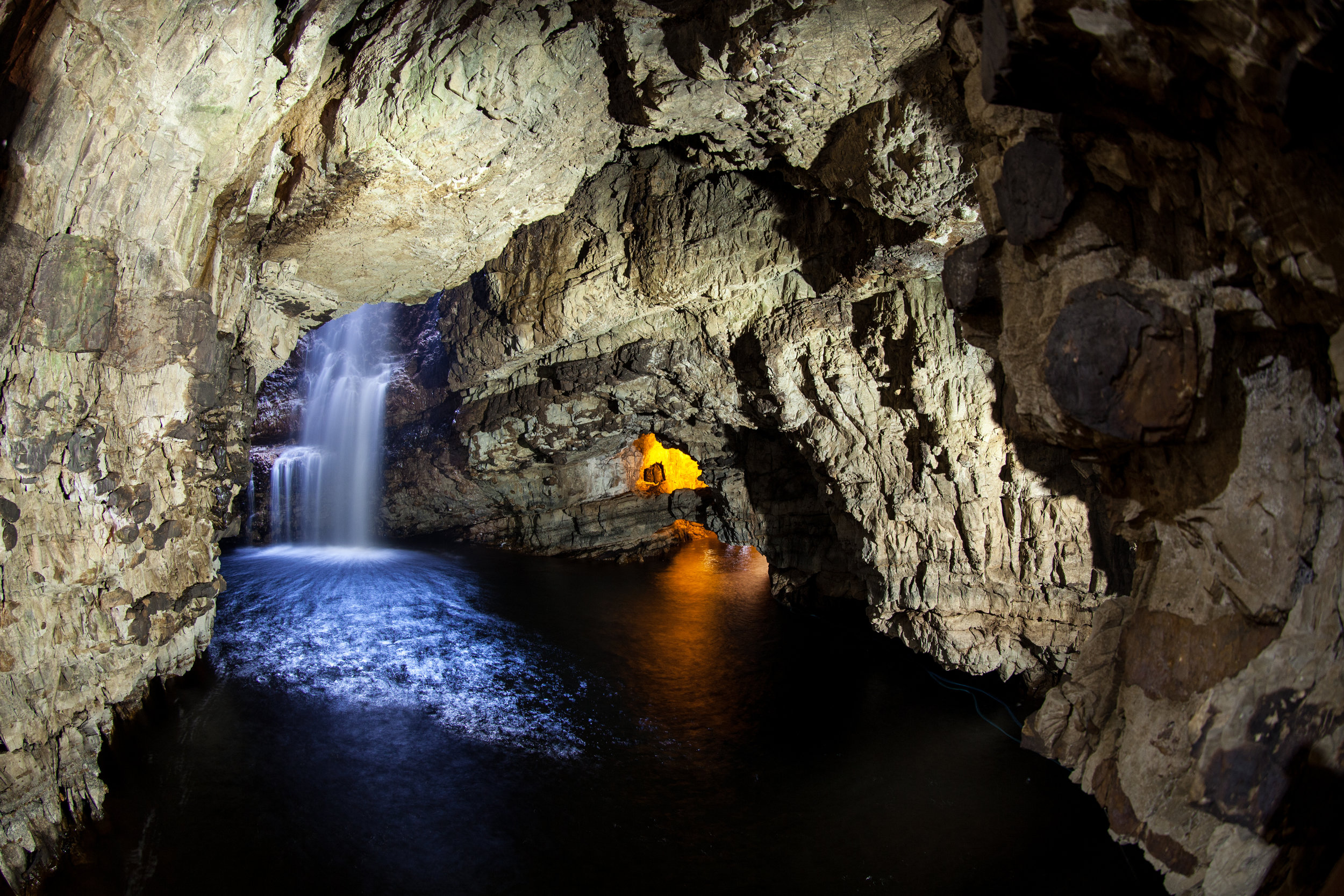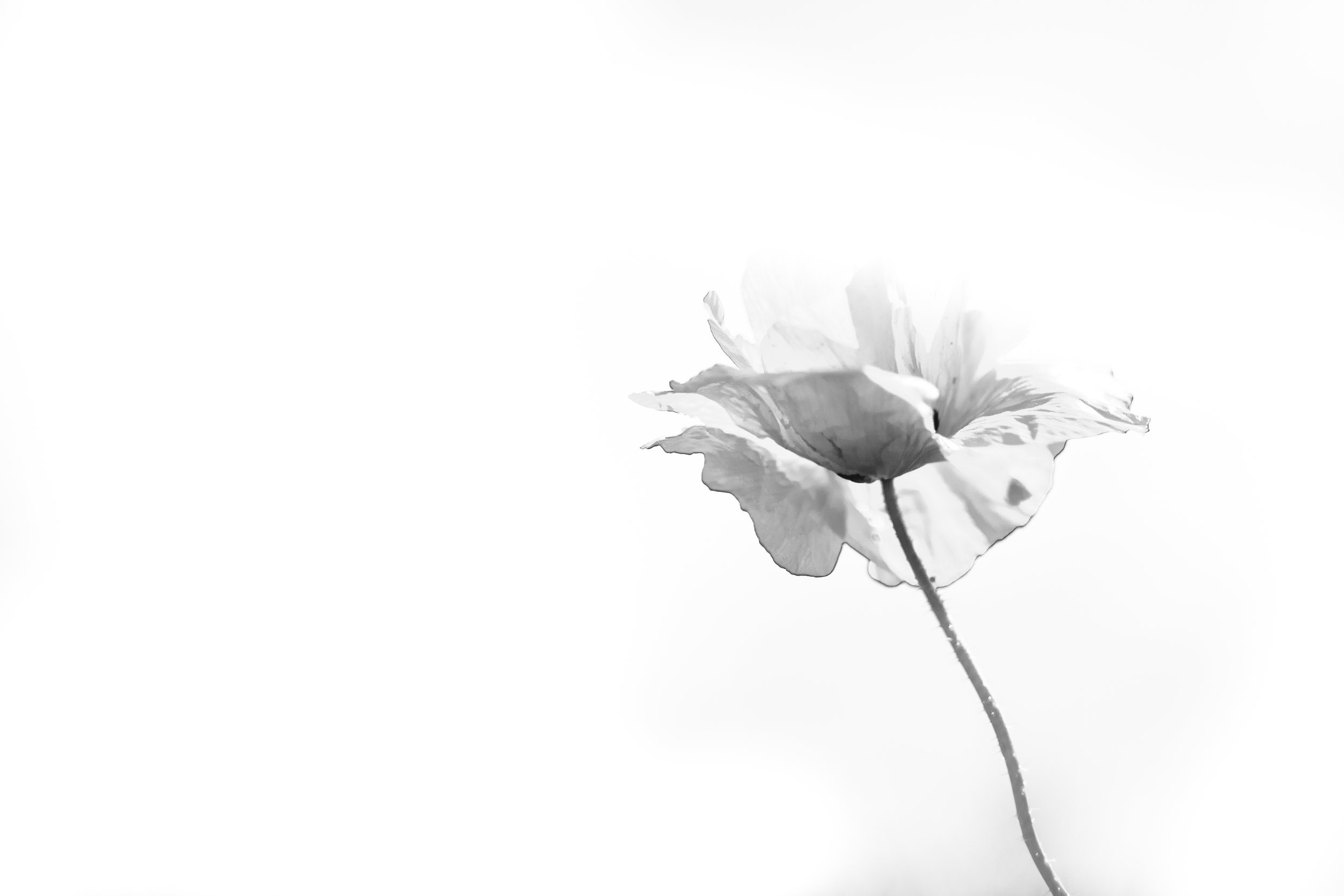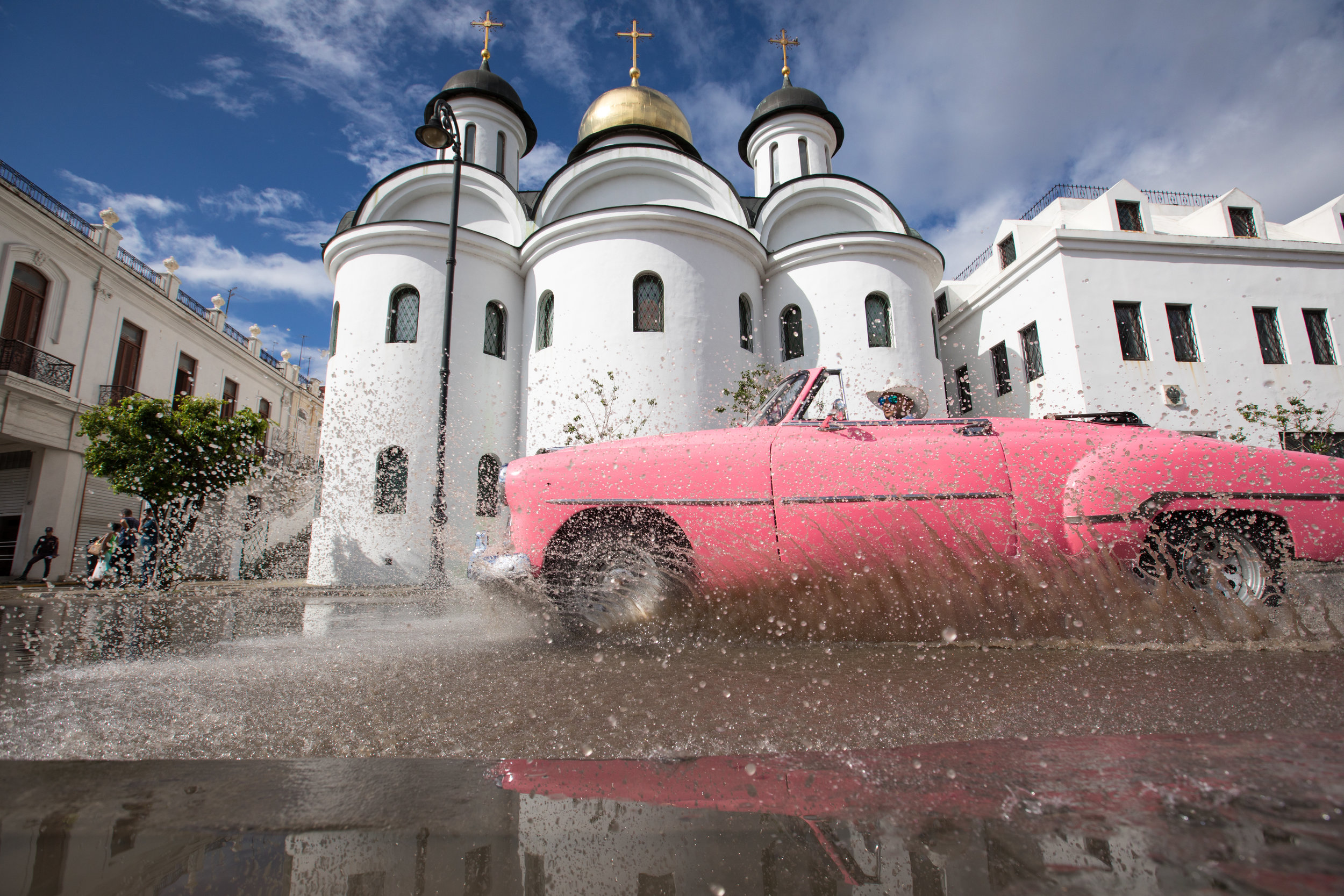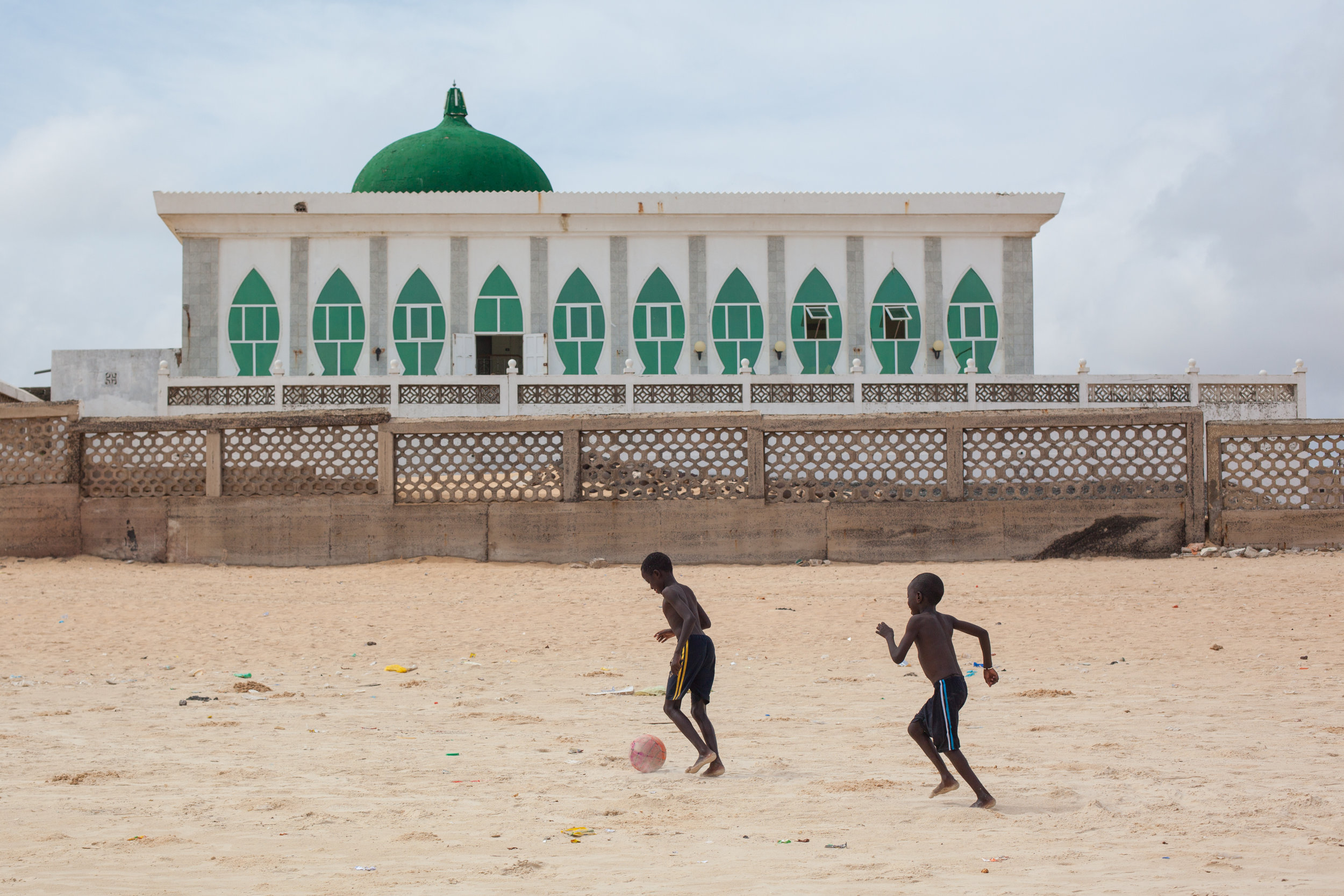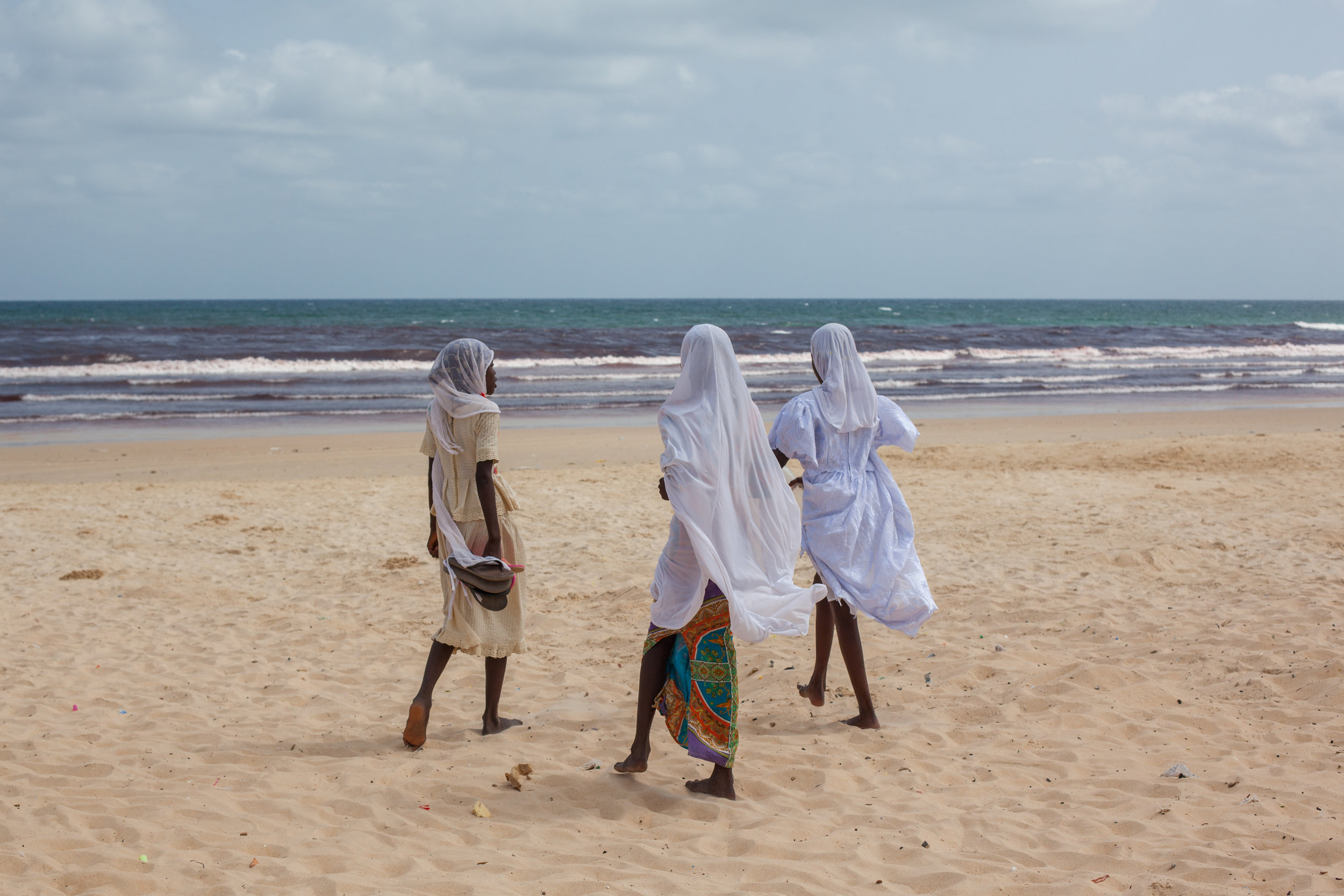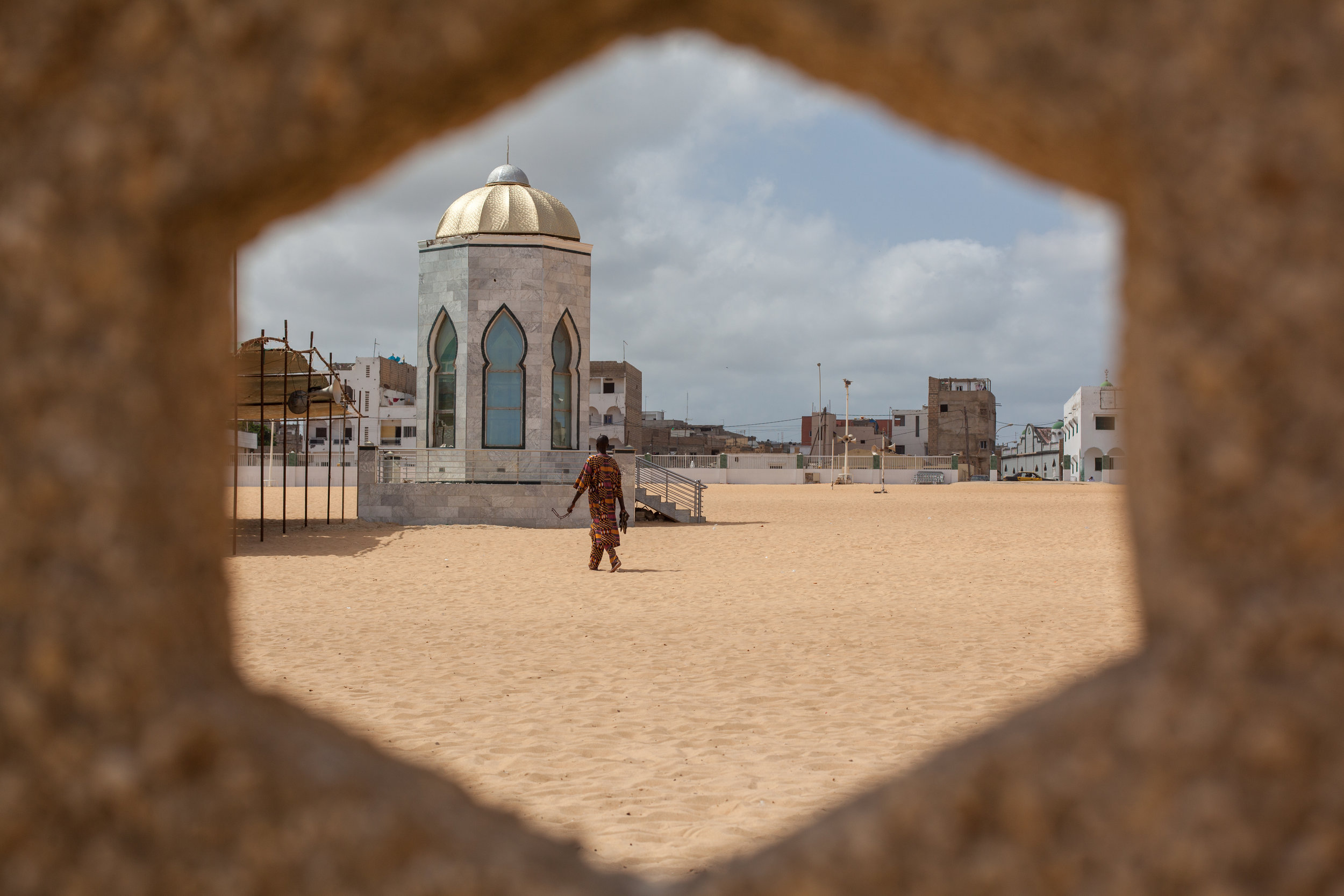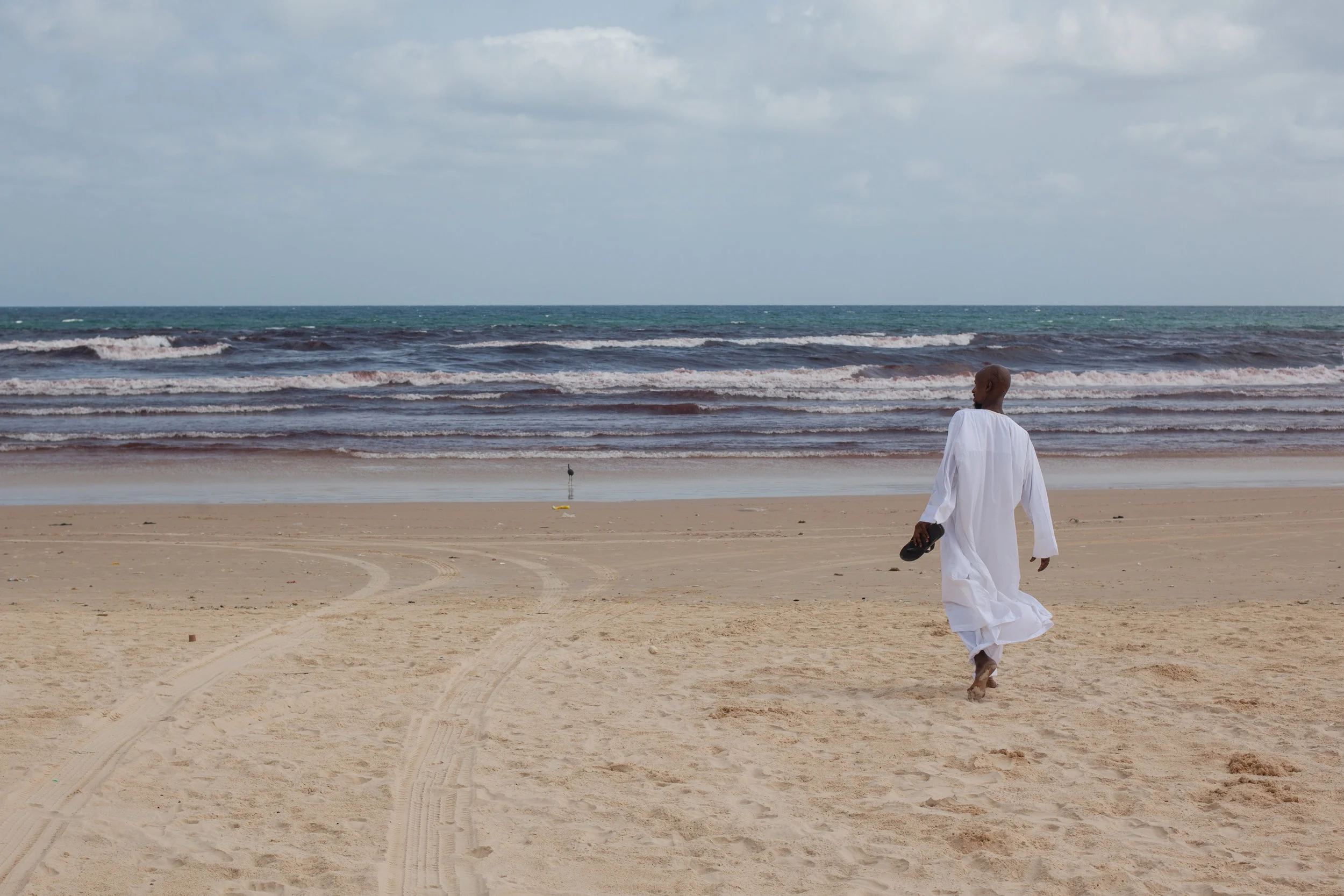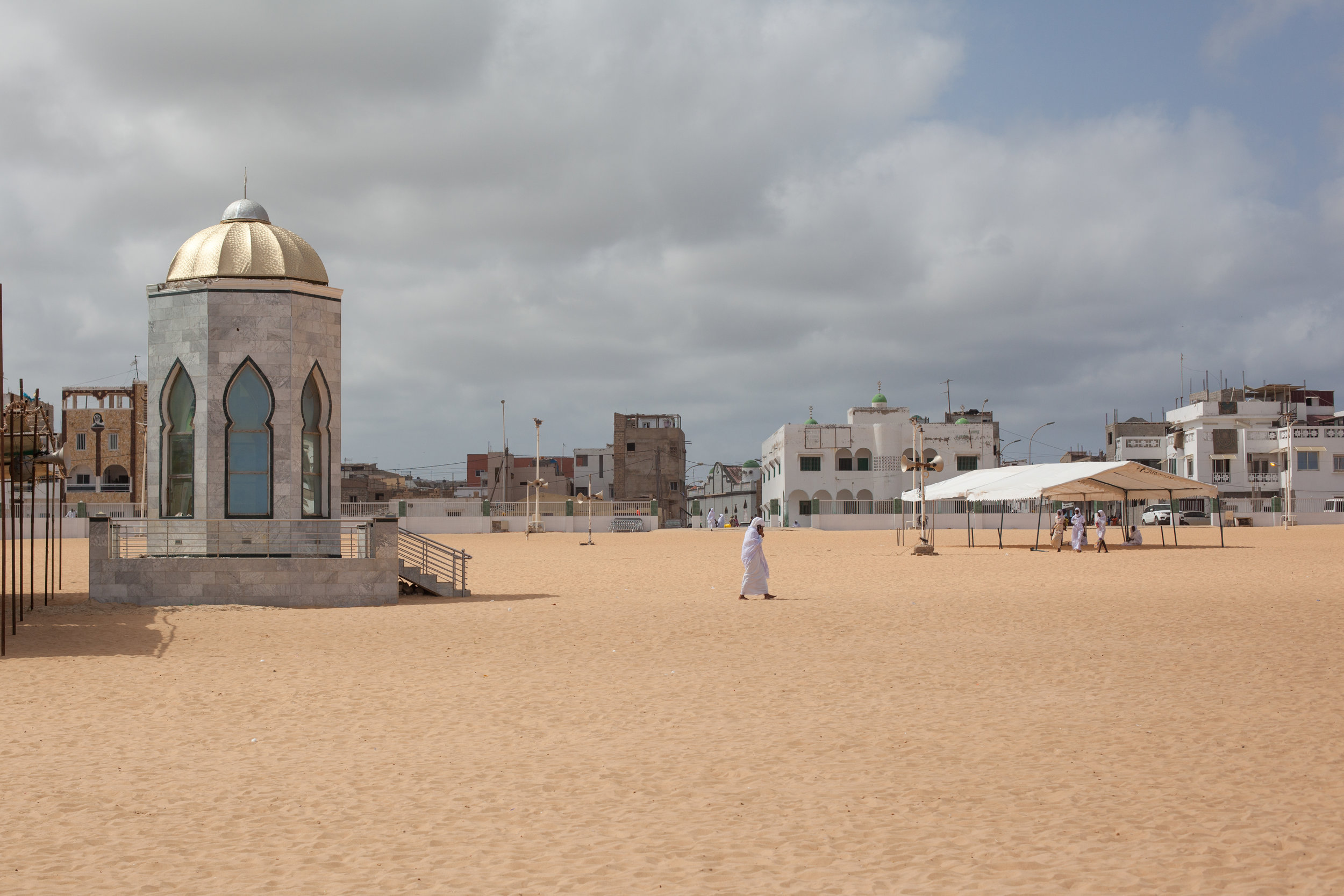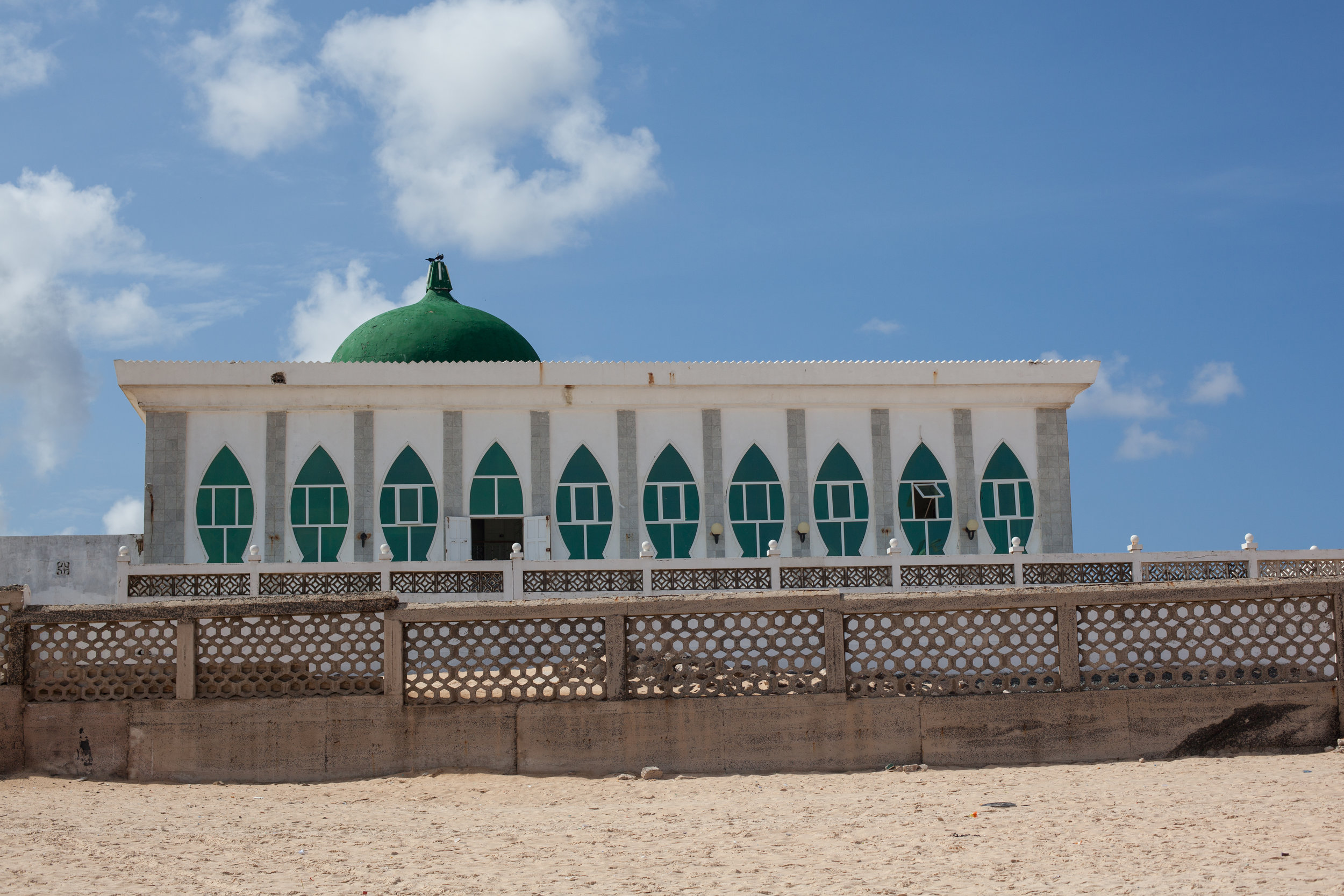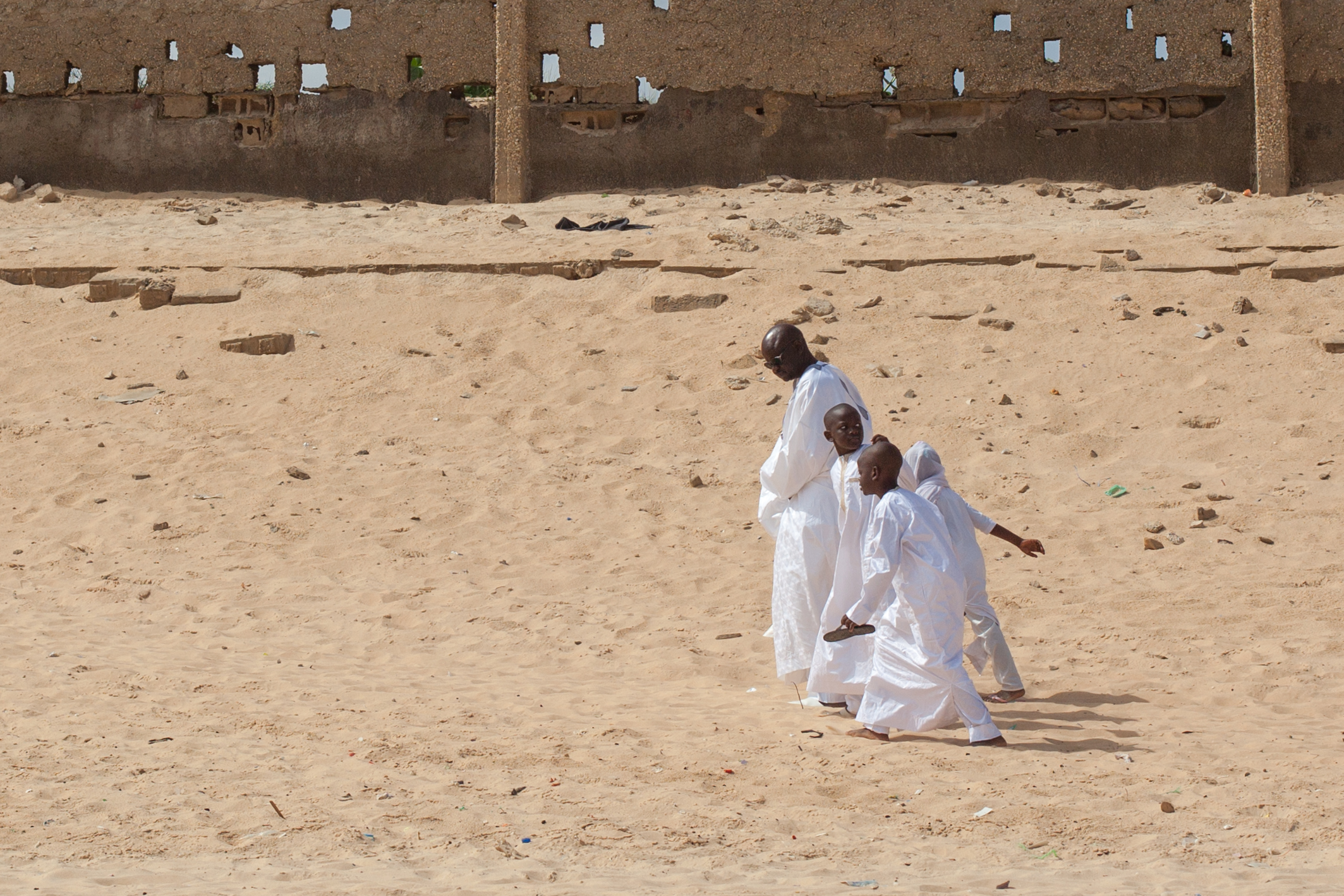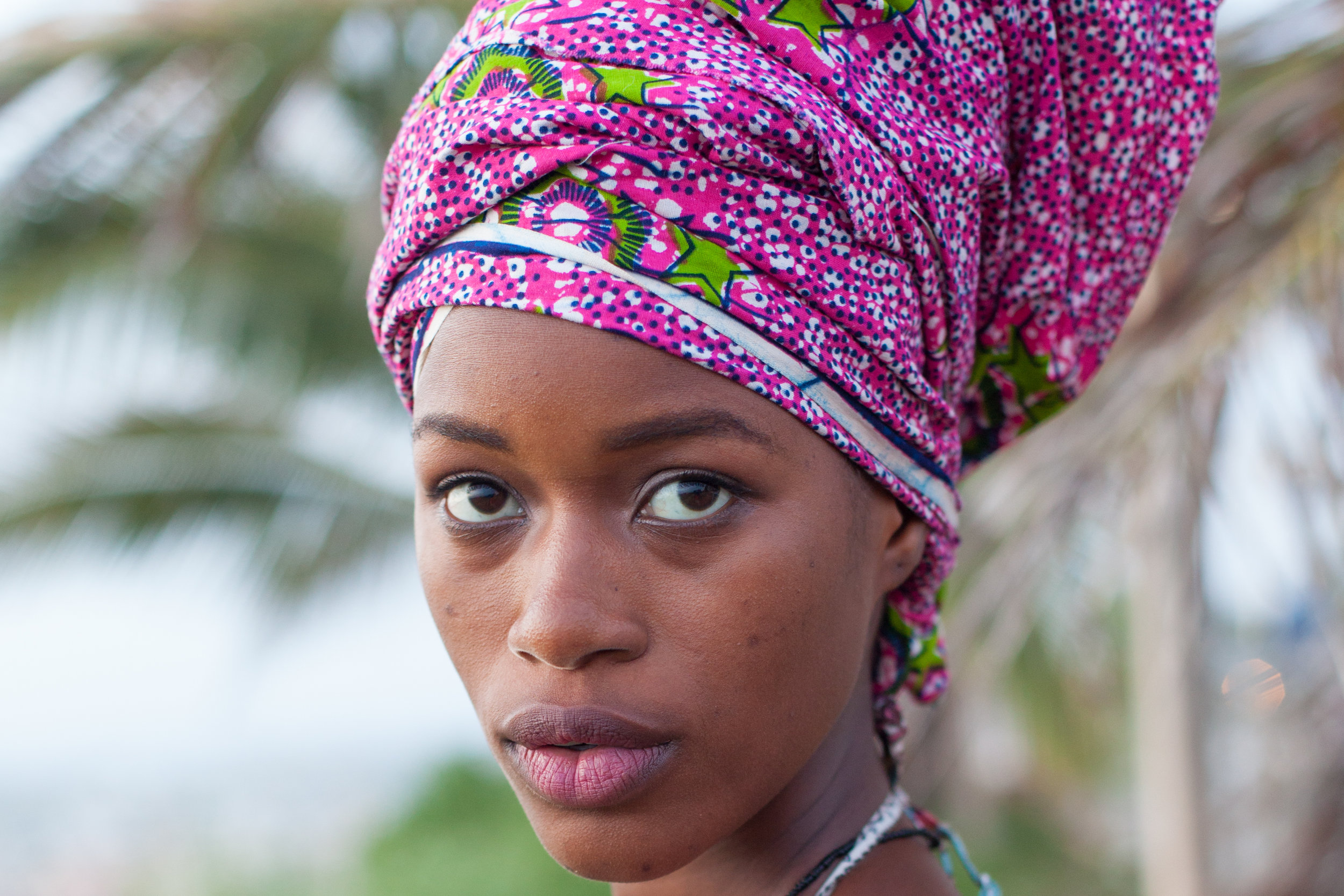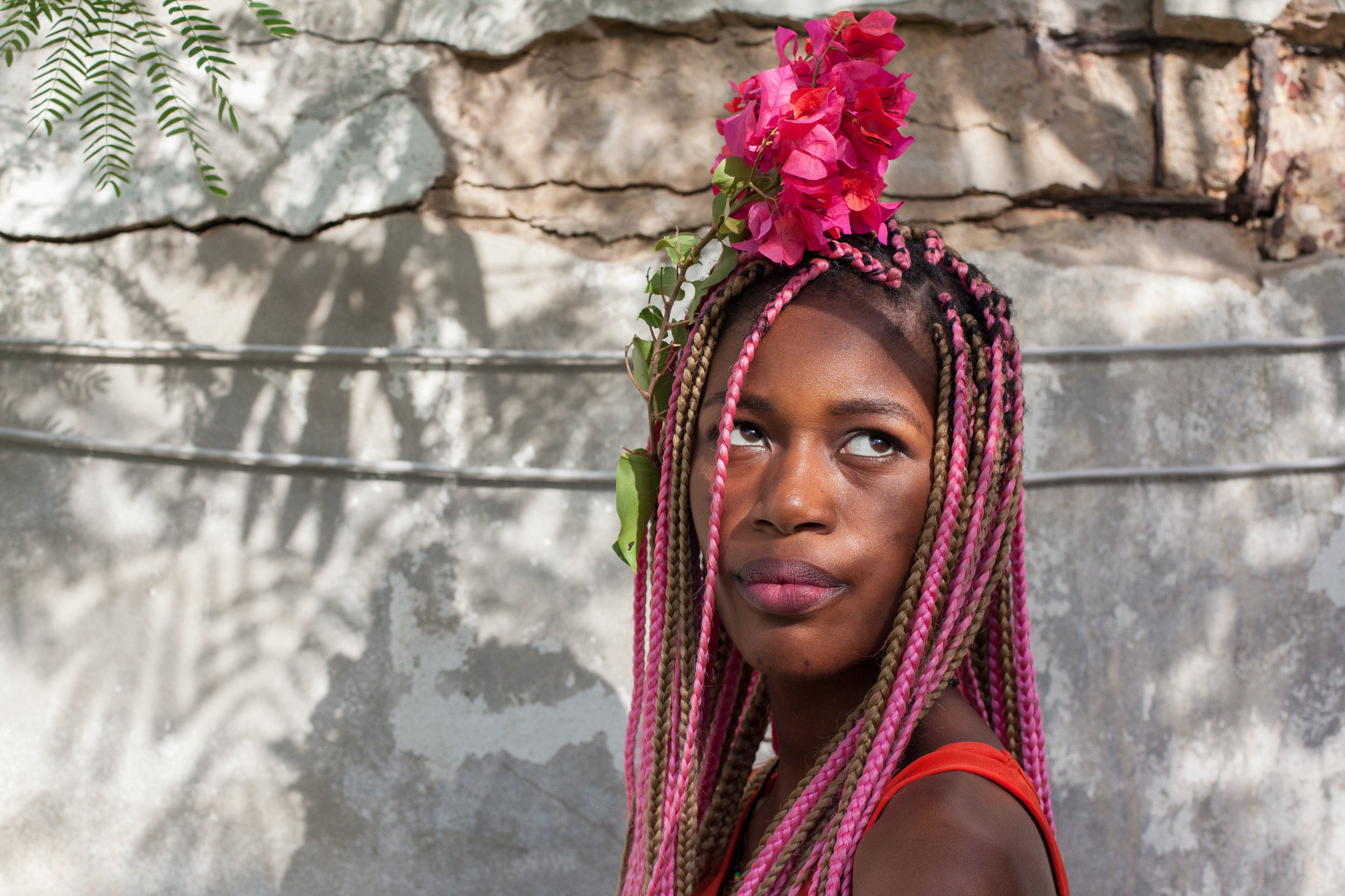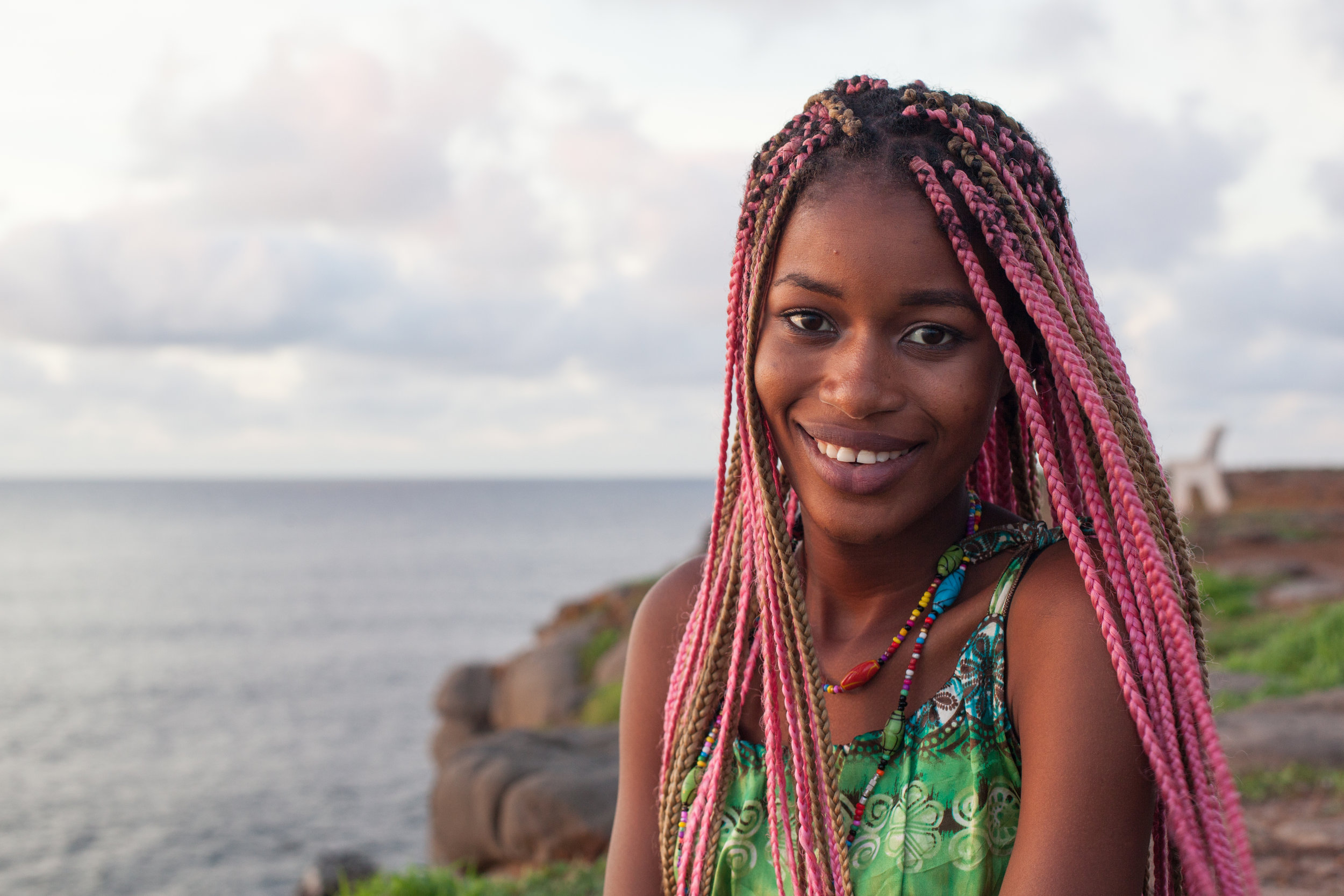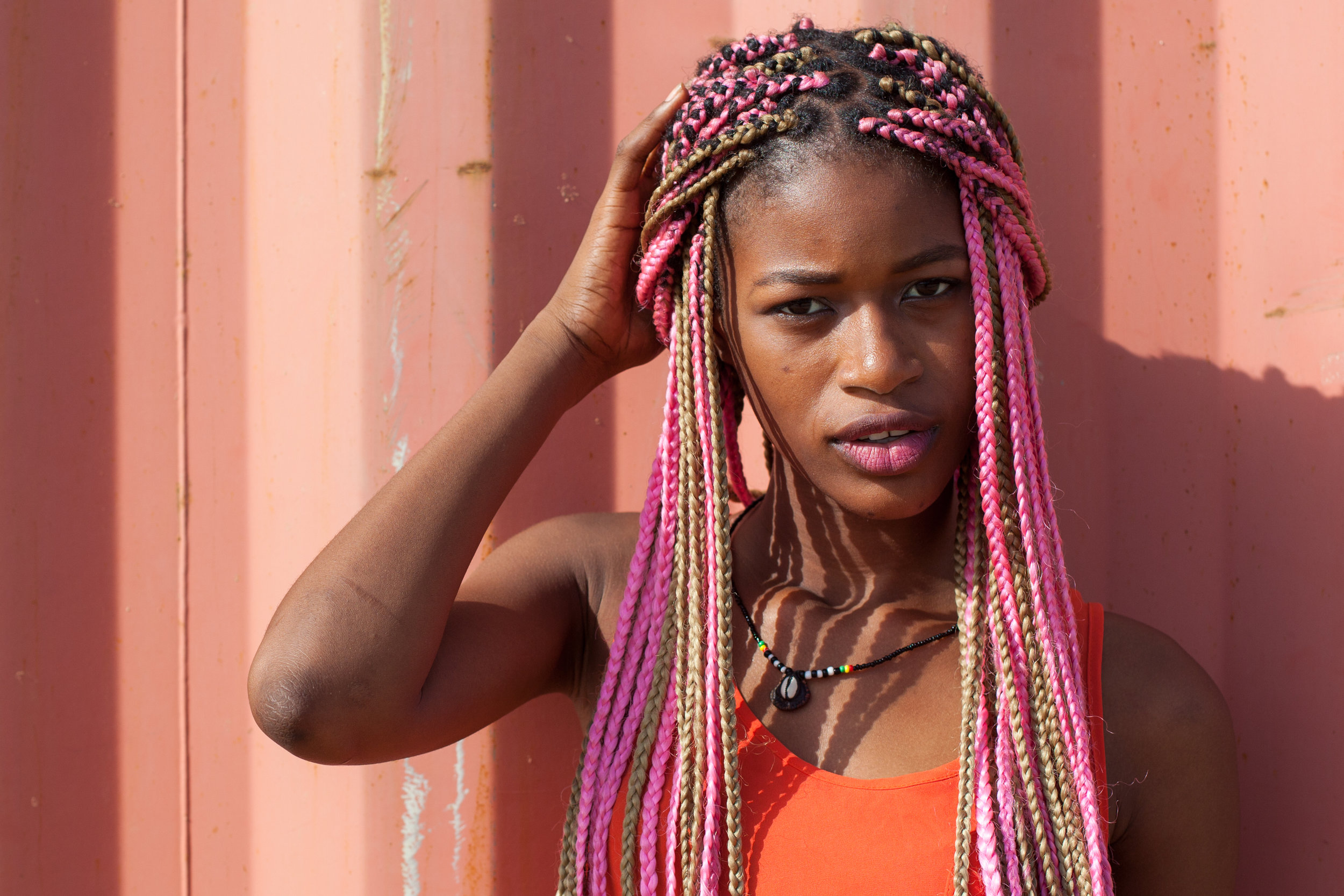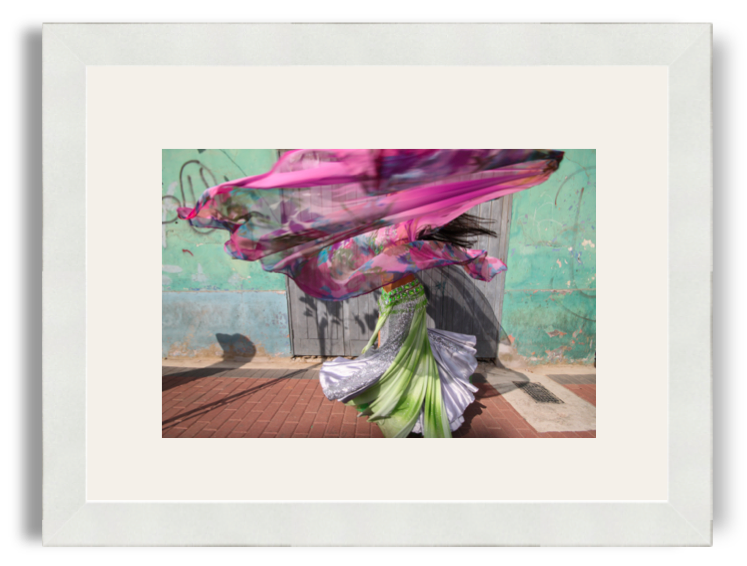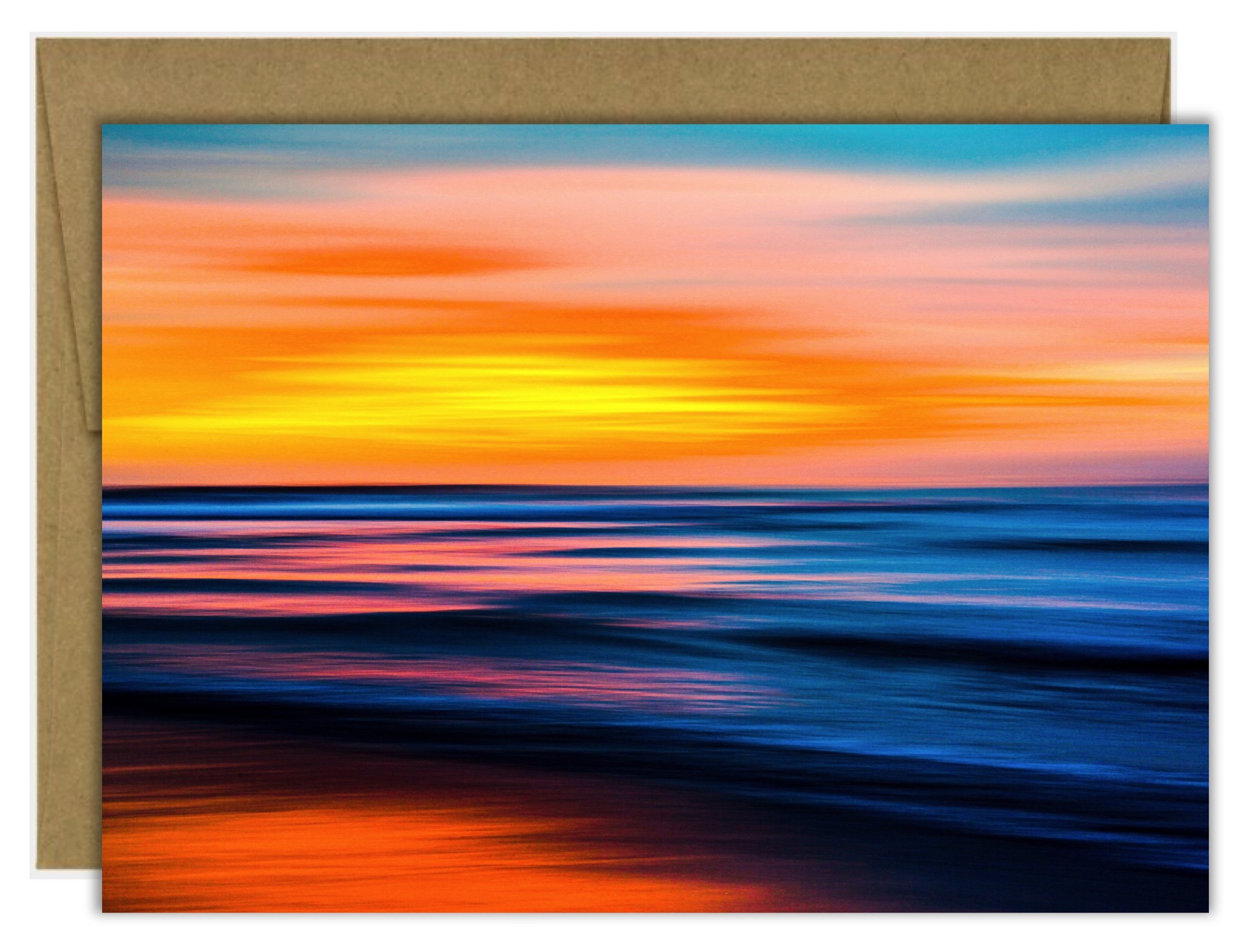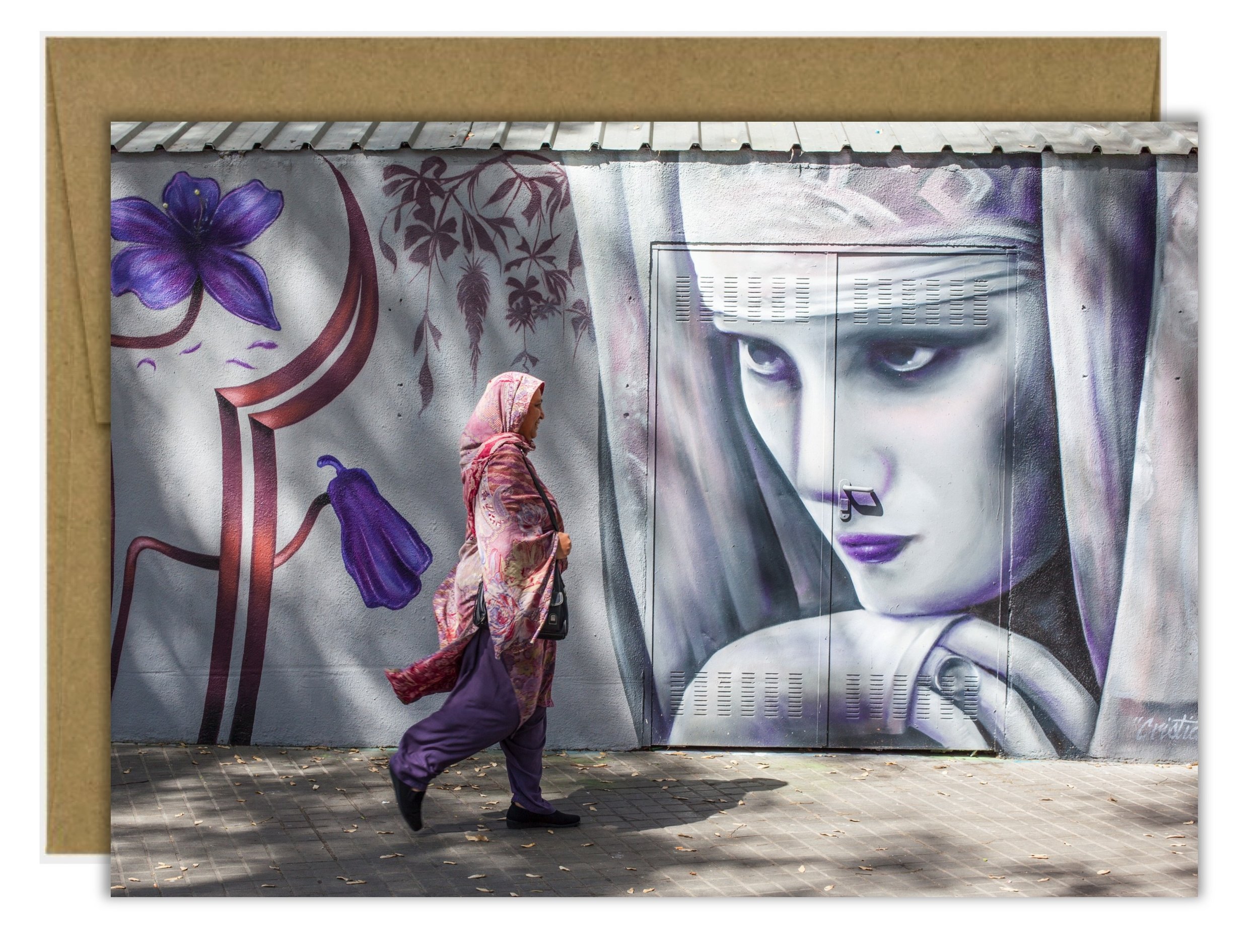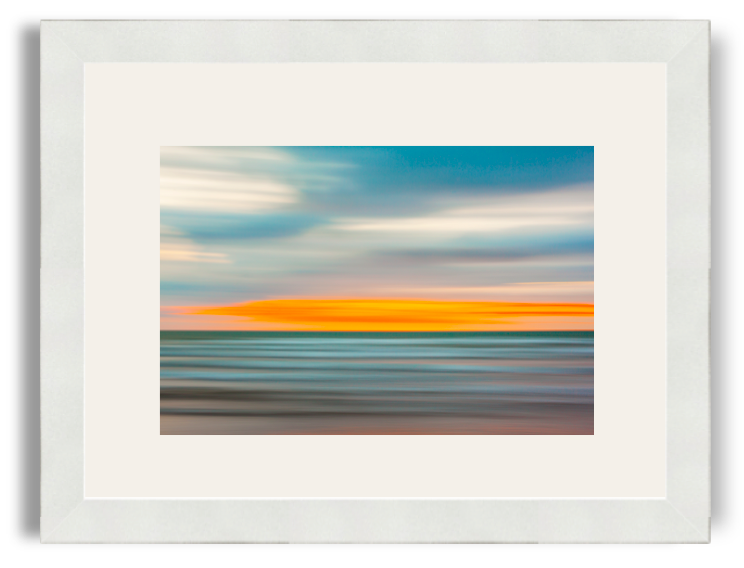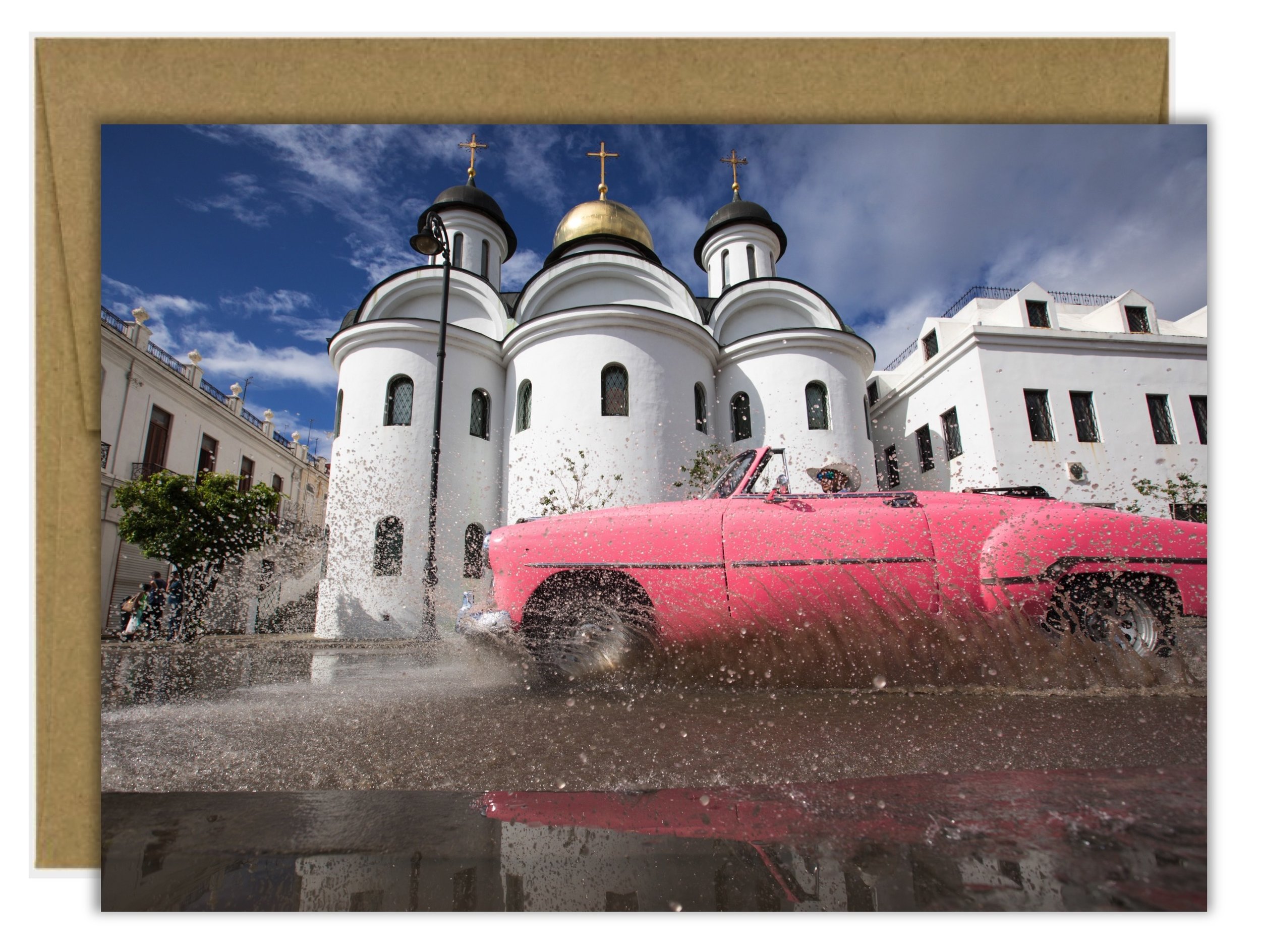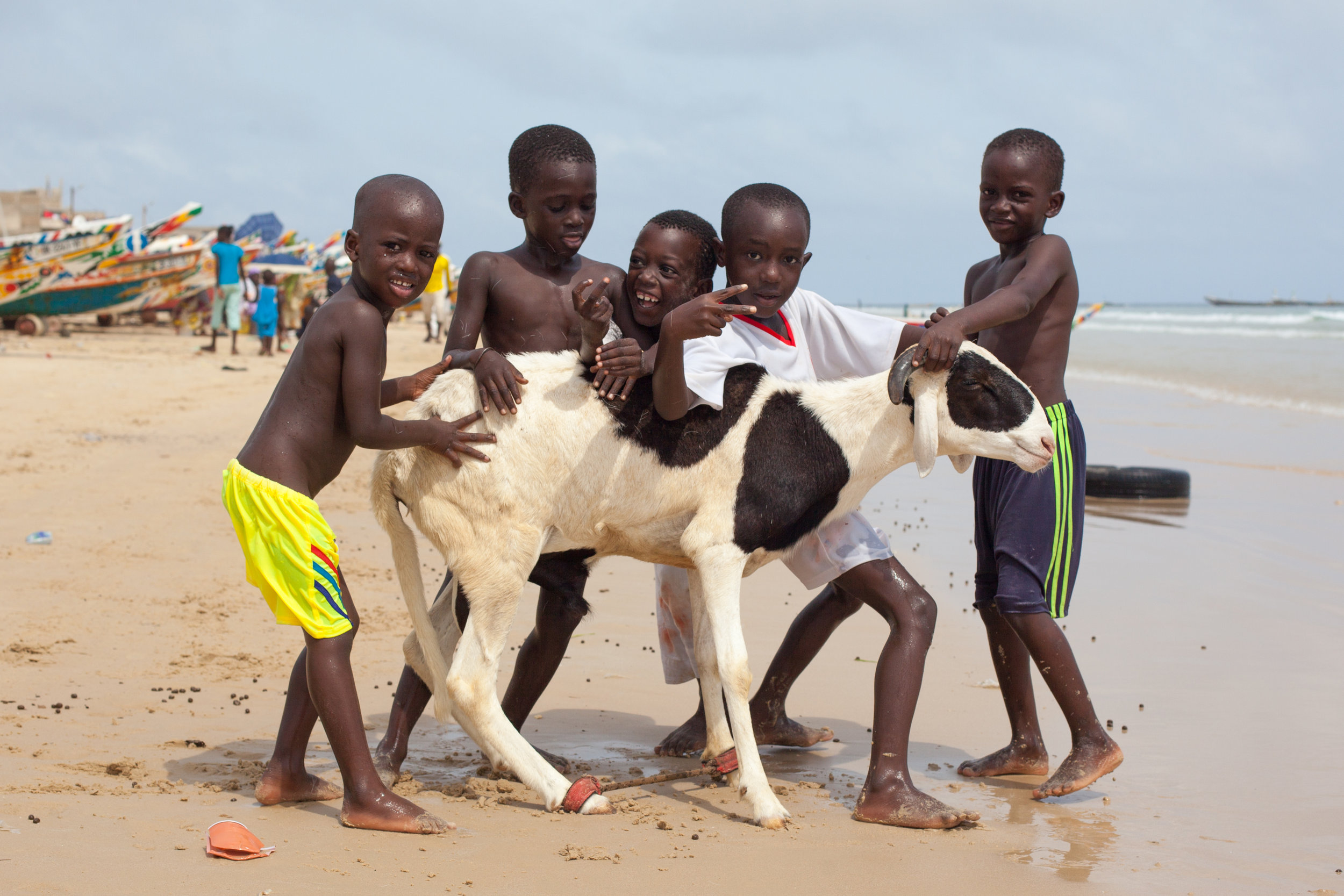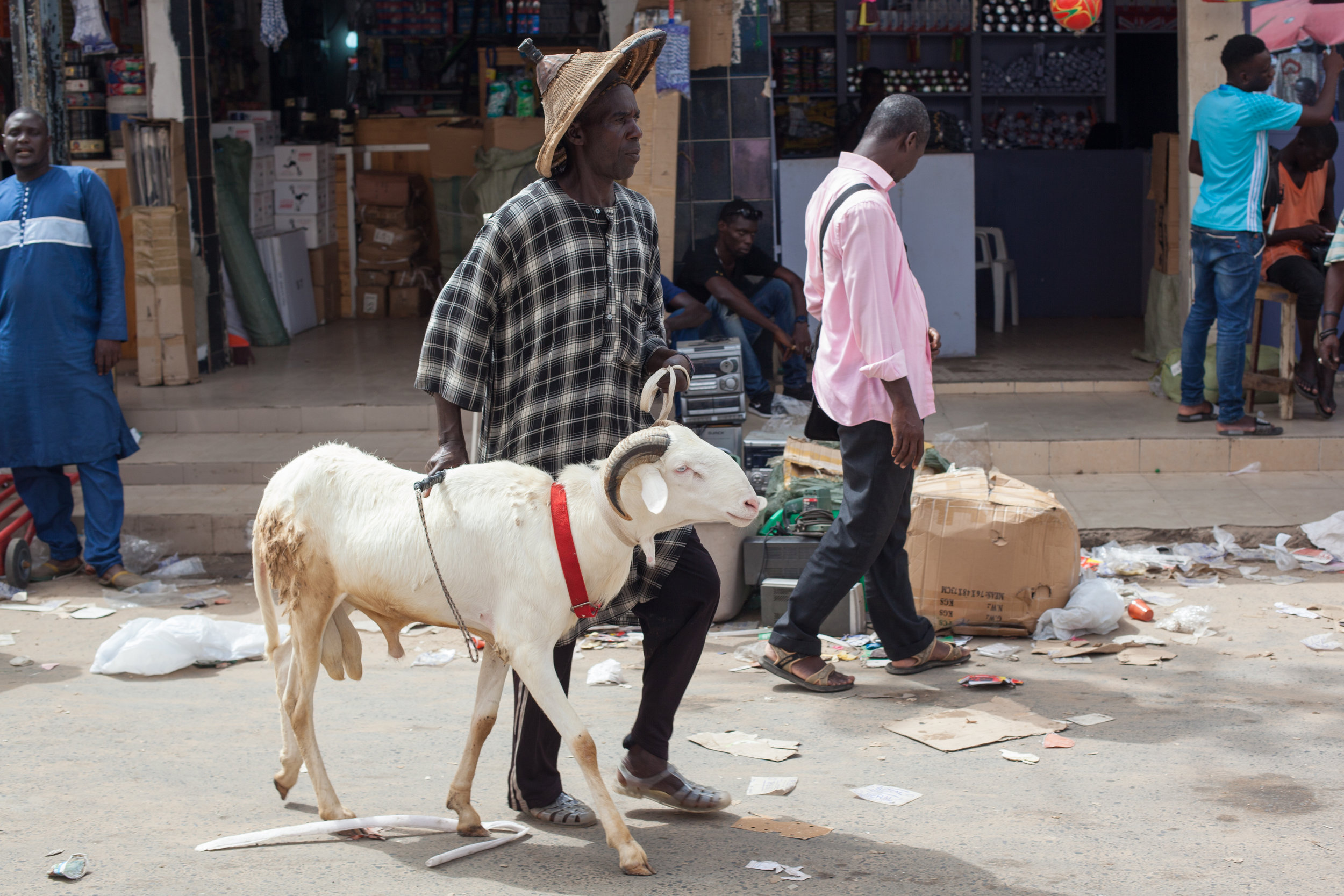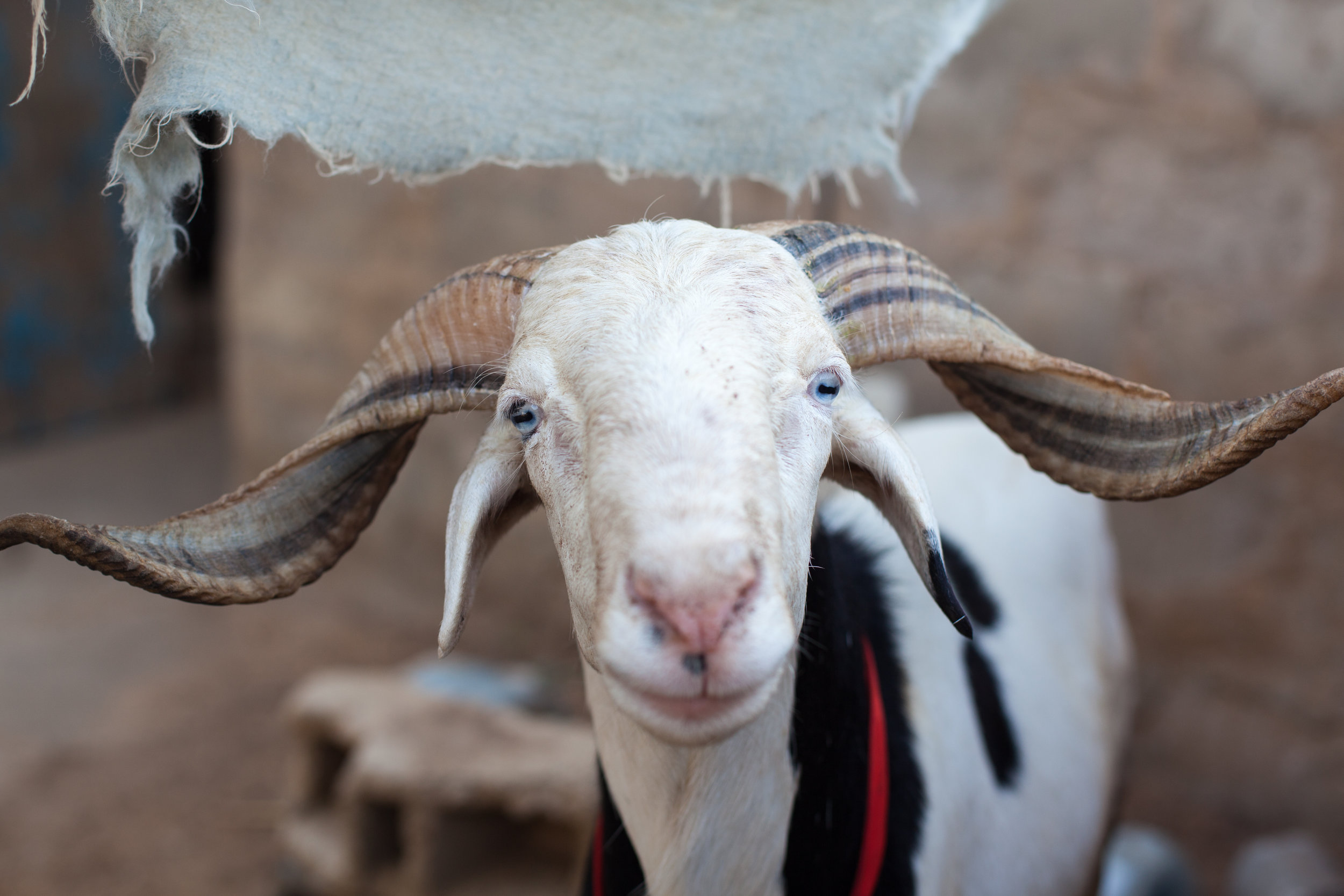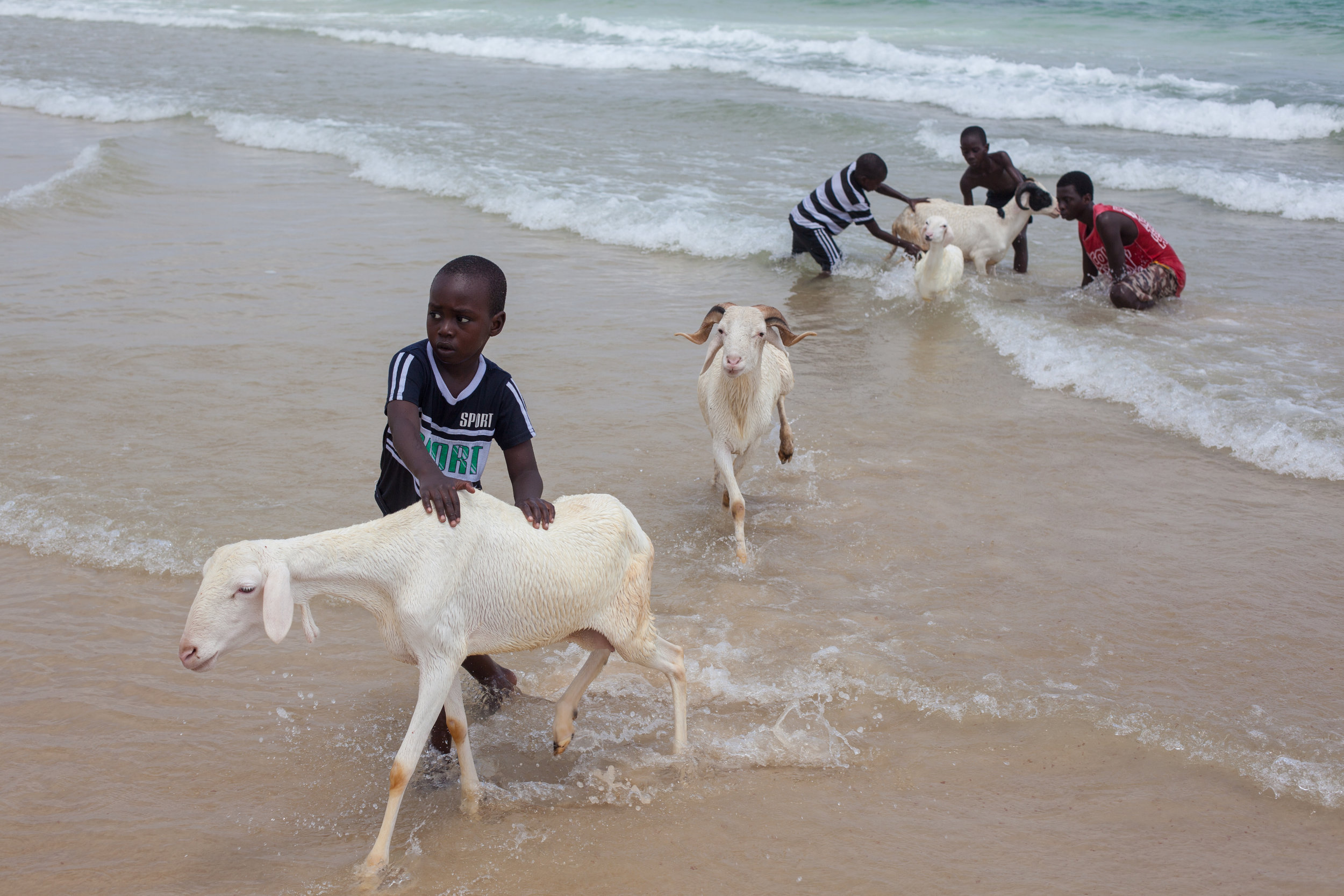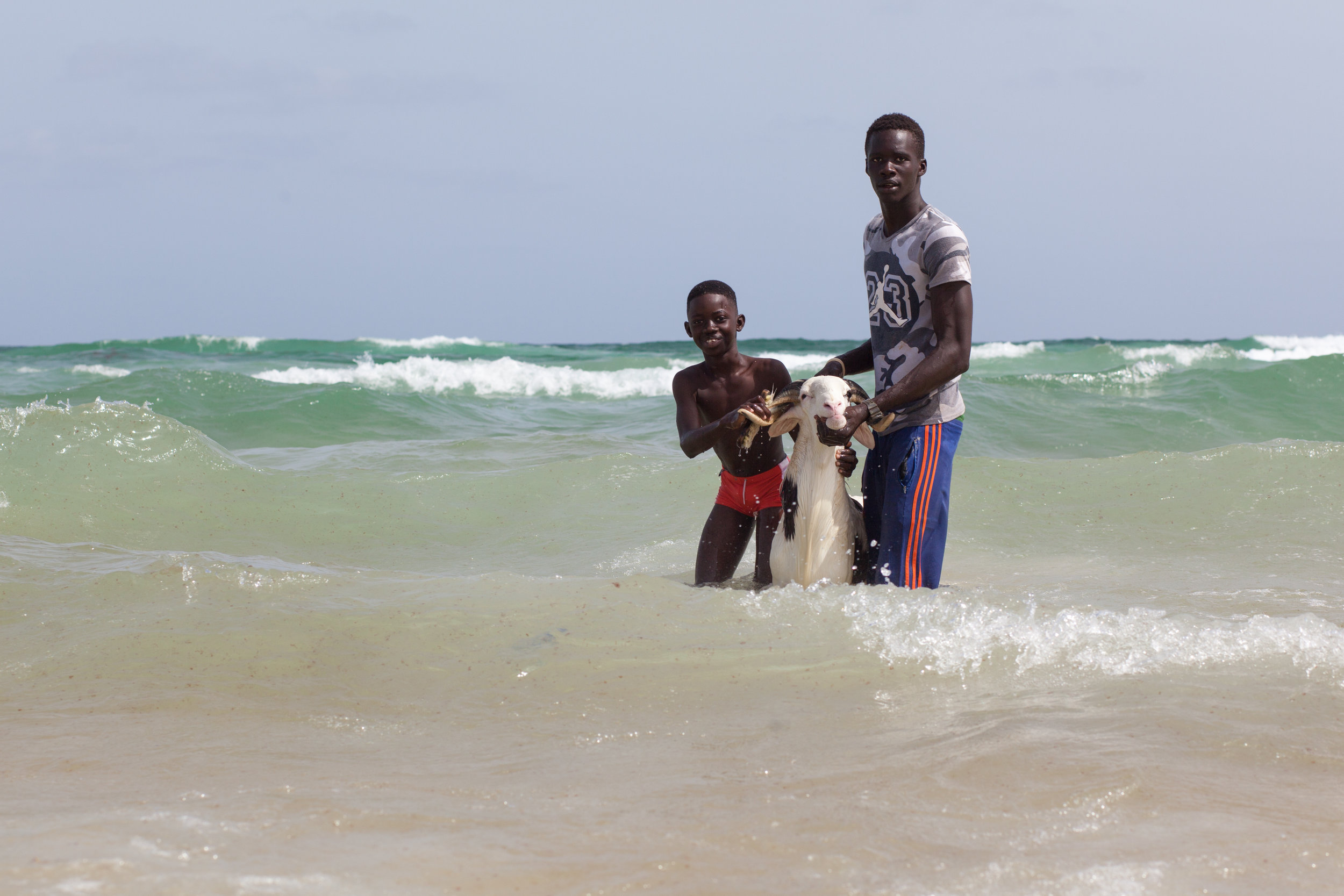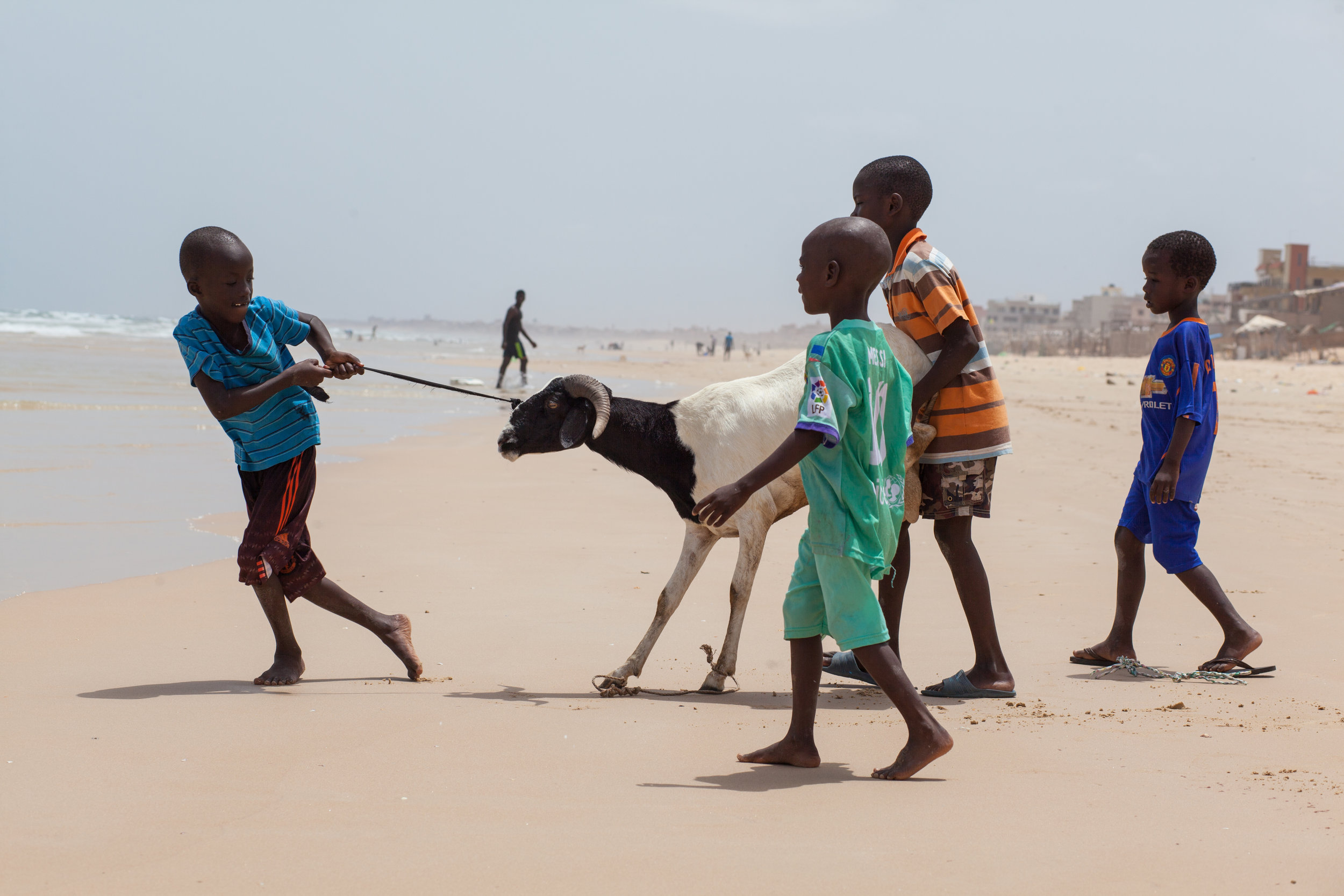I was originally invited to join Getty images around seven years ago when they joined a partnership with Flickr. Several of the photos on my Flickr account were chosen to be part of the Flickr collection on Getty including: this travel image of a cat in Chefchaouen, Morocco and this street photograph of a bicycle locked up in London. I didn’t pay much attention to it at the time and only made a couple of sales over a twelve month period. If I recall correctly it was only images that they invited from your Flickr account that could go on to the collection at that time.
In 2014 Getty ended their partnership with Flickr but maintained the user’s contracts. Therefore if you were an existing Flickr contributor to Getty you could continue on the platform. In fact they began inviting those contributors to upload more photos to Getty images. It was around this time whilst travelling in Peru that I met a couple who made their money through stock photography. They encouraged me to get on board but it did sound like a lot of time and effort at the time, especially whilst travelling.
How to sell photographs via Getty Images
The upload process for all stock agencies is time consuming and monotonous. In addition it is difficult to discover concrete information about how stock photography agencies work (especially with Getty) and there is also a lot of competition. A search for ‘Travel’ on Getty images will produce over four million results, and that is just one of many stock agencies. So what do you have to do? Well firstly you have to have sellable, high quality images. Getty seems to favour artistic imagery more than some of the other agencies but the photos still need to be technically correct with regards to focus and composition. Next you have the upload process, this involves uploading the images to the Getty platform and adding information to each image. This information includes: Title, Description and up to fifty key words. Although you can attach this information to a batch of uploaded images this process takes a long time!
After submitting your images you then have to wait for the Getty employees to review your work and either accept it, decline it, or send it back for revision. This waiting period used to take a very long time and could be weeks before anyone even checked the images. This was another reason I used to tire of the process and gave up trying. Another is the two month delay in royalty payments and a third issue is their outdated, difficult-to-use upload system. However, Getty have drastically reduced the waiting time for this process and in my experience images are accepted (or returned) much faster now, often in a 24 hour period.
As I have been finding out there are several reasons for rejecting an image: Getty will not accept images with children under the age of 18. Images that have recognisable people or property in them need a signed model release form or they can only be sold under an Editorial License. Certain famous buildings and landmarks in the world are copyrighted and therefore need further information added to the description field of the image. This is true for the City of Arts & Sciences buildings in Valencia. Any recognisable trademarks or branding will also be rejected or returned and asked for a revision of the image with the logos removed. Getty also seem to reject images with street art or graffiti, presumably due to fear of trademark or copyright themselves.
Is it worth it and can you make money via stock photography?
The couple I met in Peru were making around $1000 dollars a month when I last spoke to them around 5 years ago. They had been in the stock photography game a long time and treated it as a full time job, researching the trends thoroughly and uploading a lot of photos. Even back then I remember them telling me that it was becoming harder to make a living via stock photography. Recent feedback I have been receiving from other members on the Getty forum has supported this: The average price for images sold seems to be constantly decreasing whilst the struggle to get your images seen amongst the huge collection increases daily.
In addition, Getty take a huge slice of the profits, around 80% of the sale, putting a large amount of photographers off using their platform in the first place. However, Getty is the largest stock agency in the world, and as such they are far more likely to sell the image than you are. Once the initial time consuming task of uploading the images is completed, all you have to do as a photographer is sit back and wait for the money to roll in (or not as the case may be!).
If like myself you have a large amount of photos on various hard drives that you are doing nothing with, why not have a go at stock photography? The key to making it work in the least painful way is to make regular uploads to the stock agencies as and when you take new photos. Instead I have delayed it for over five years, with tens of thousands of disorganised photos making the task far more complicated than it should have been. Hindsight is a wonderful thing.
I would love to hear from anyone who has experience with Getty images or one of the other photographic stock agency companies. It has been a steep learning curve for me and I am still trying to figure out the system. At time of writing I have over one thousand images available for license on Getty images (double the number I had six months ago). I still have several years of travel photos to plough through and upload in the new few weeks. The images I have available for license via Getty images can be found here.
My Getty collection of travel photographs can be viewed here. More of my travel photography can be found on my website, my Instagram, my Facebook Page and my Flickr account. If you would like any more information about any of my images please send an email to: geraintrowlandphotography@gmail.com.
